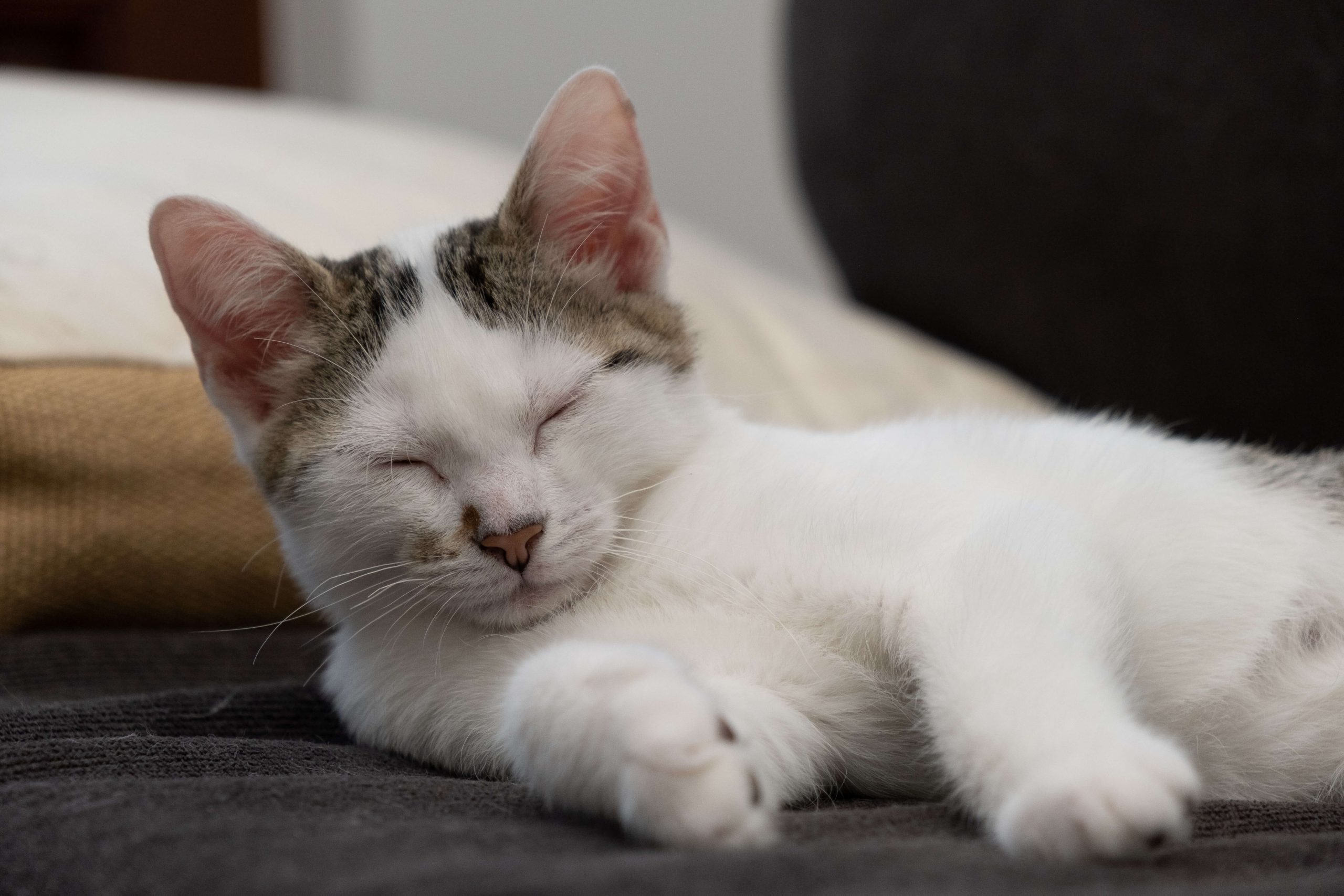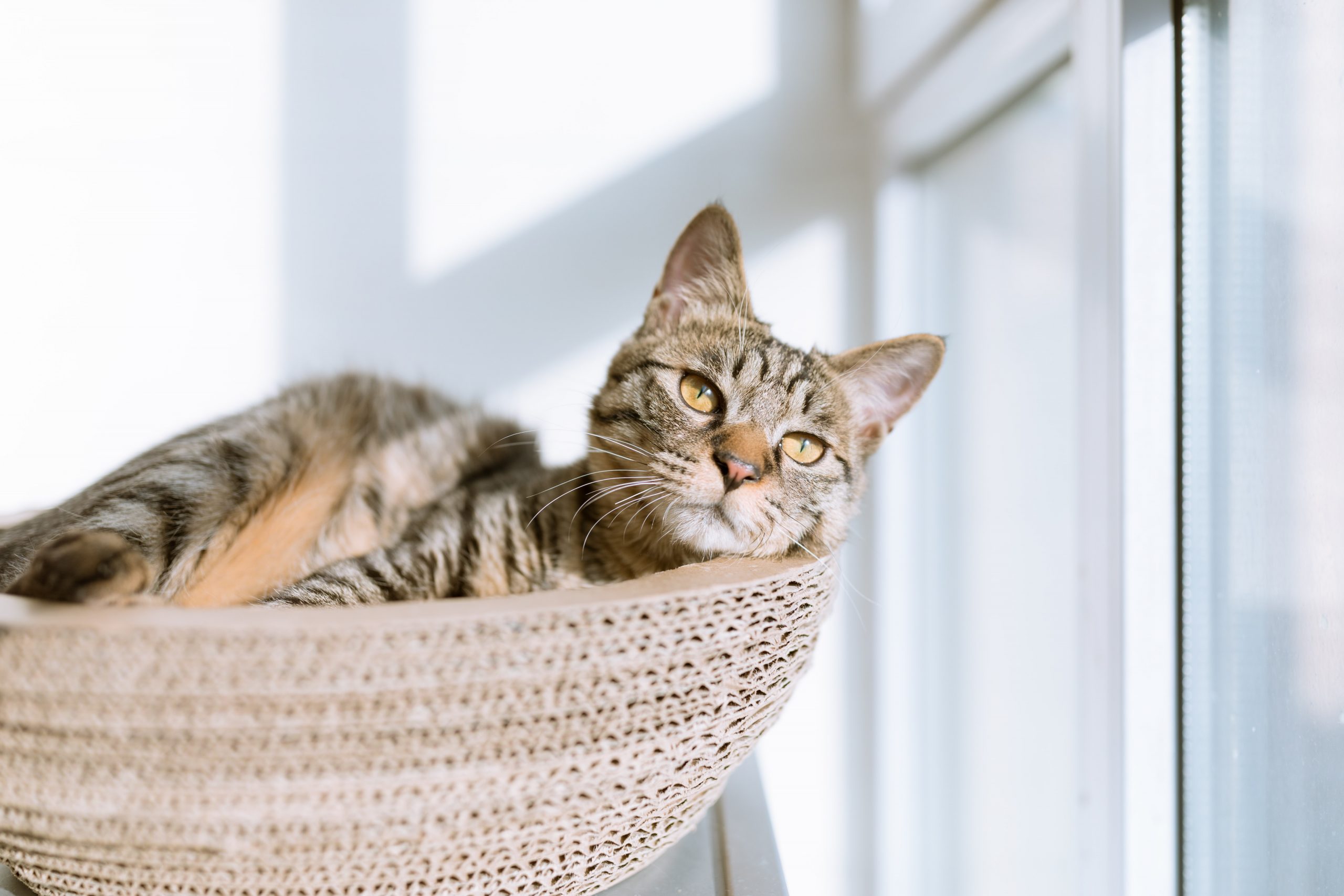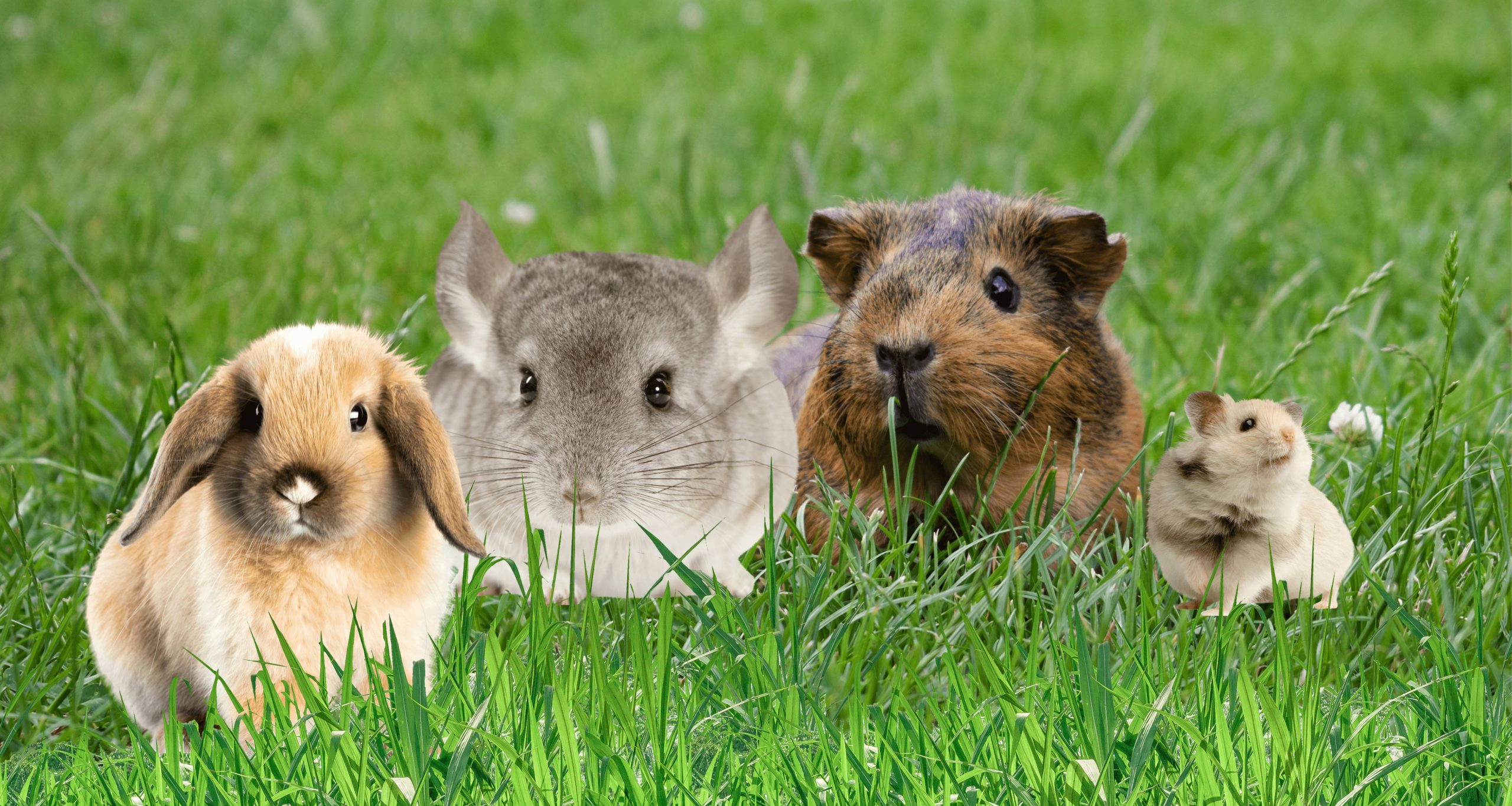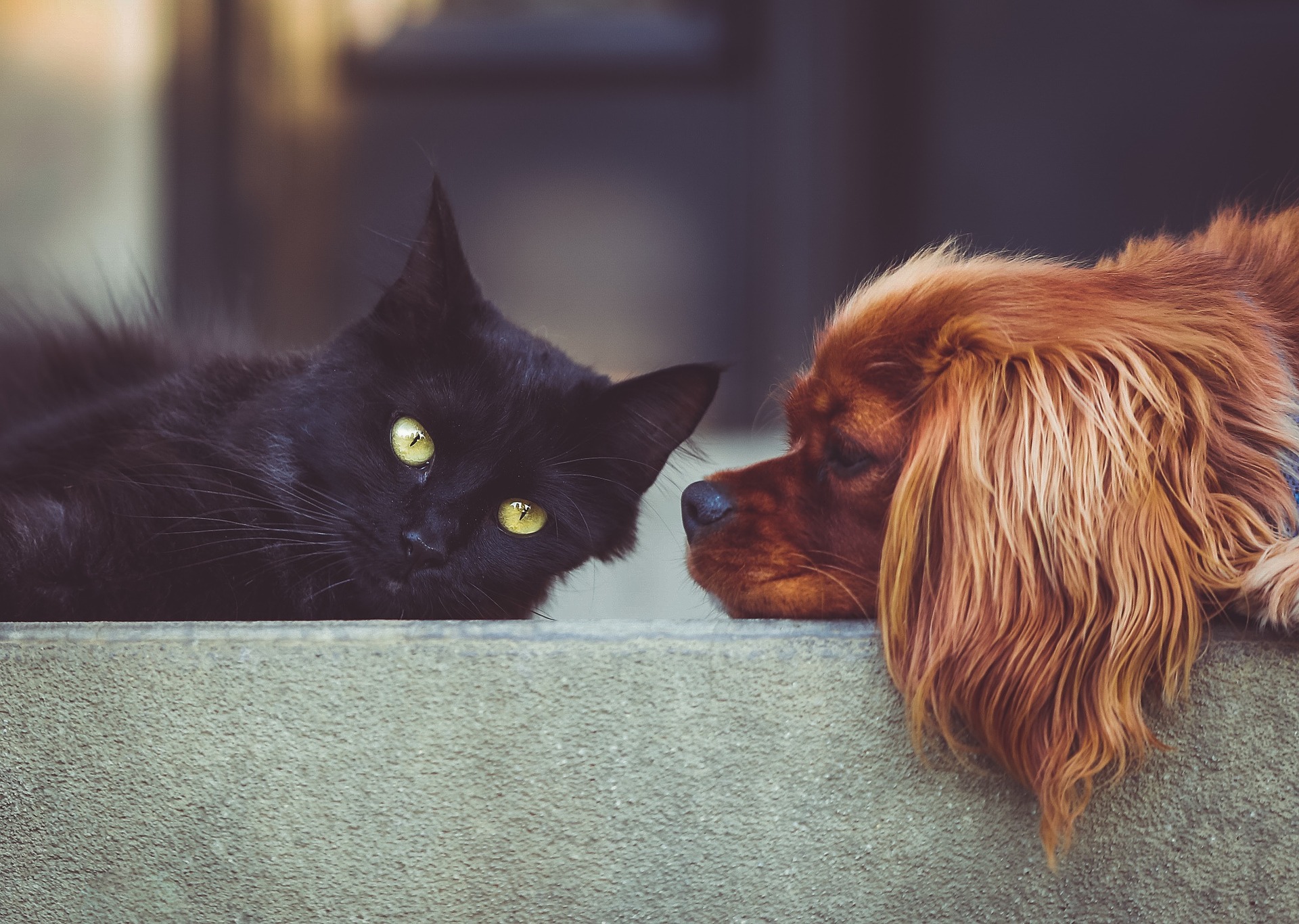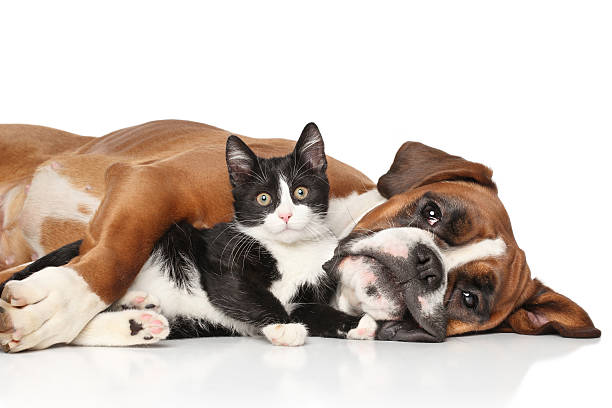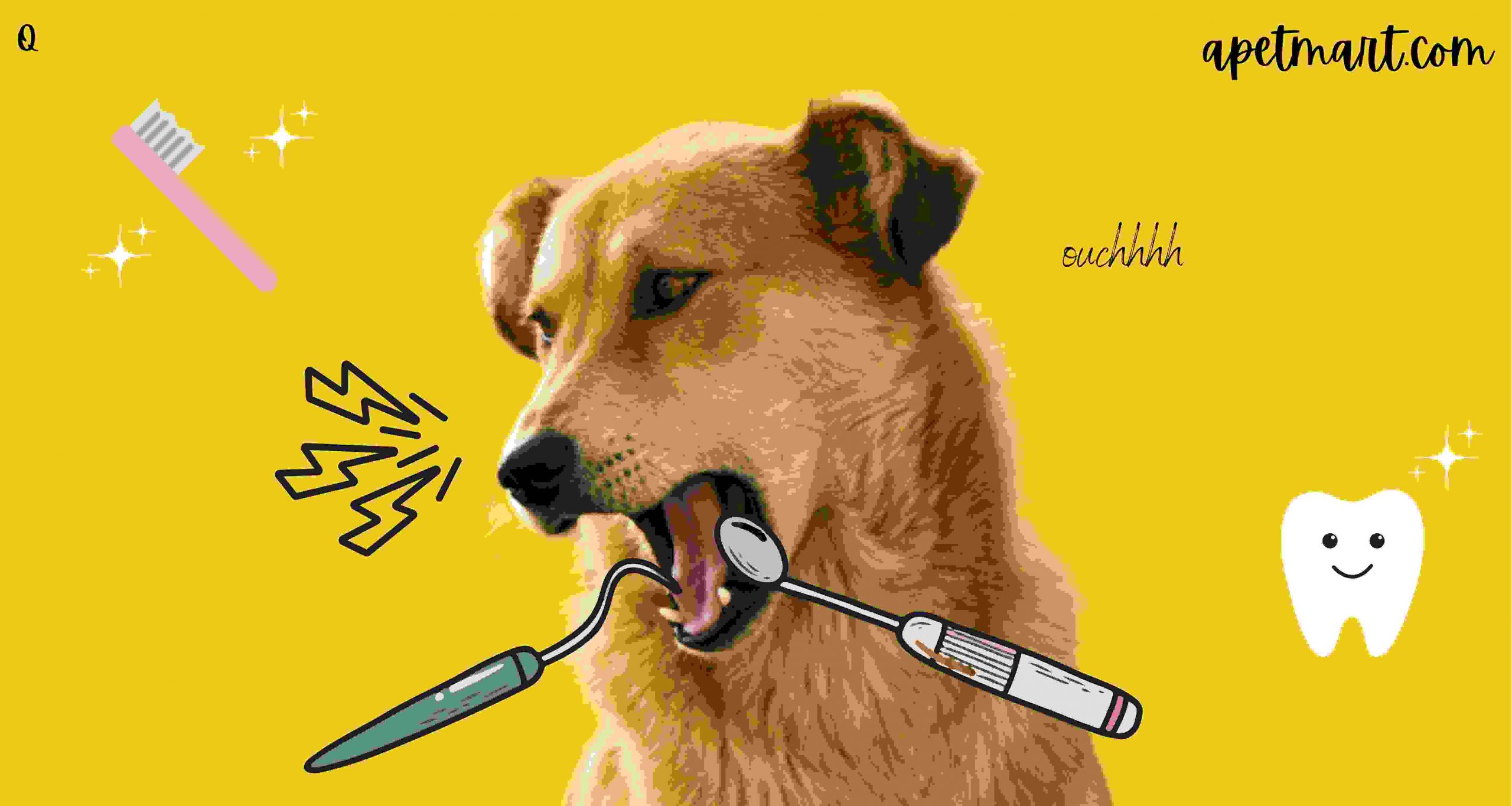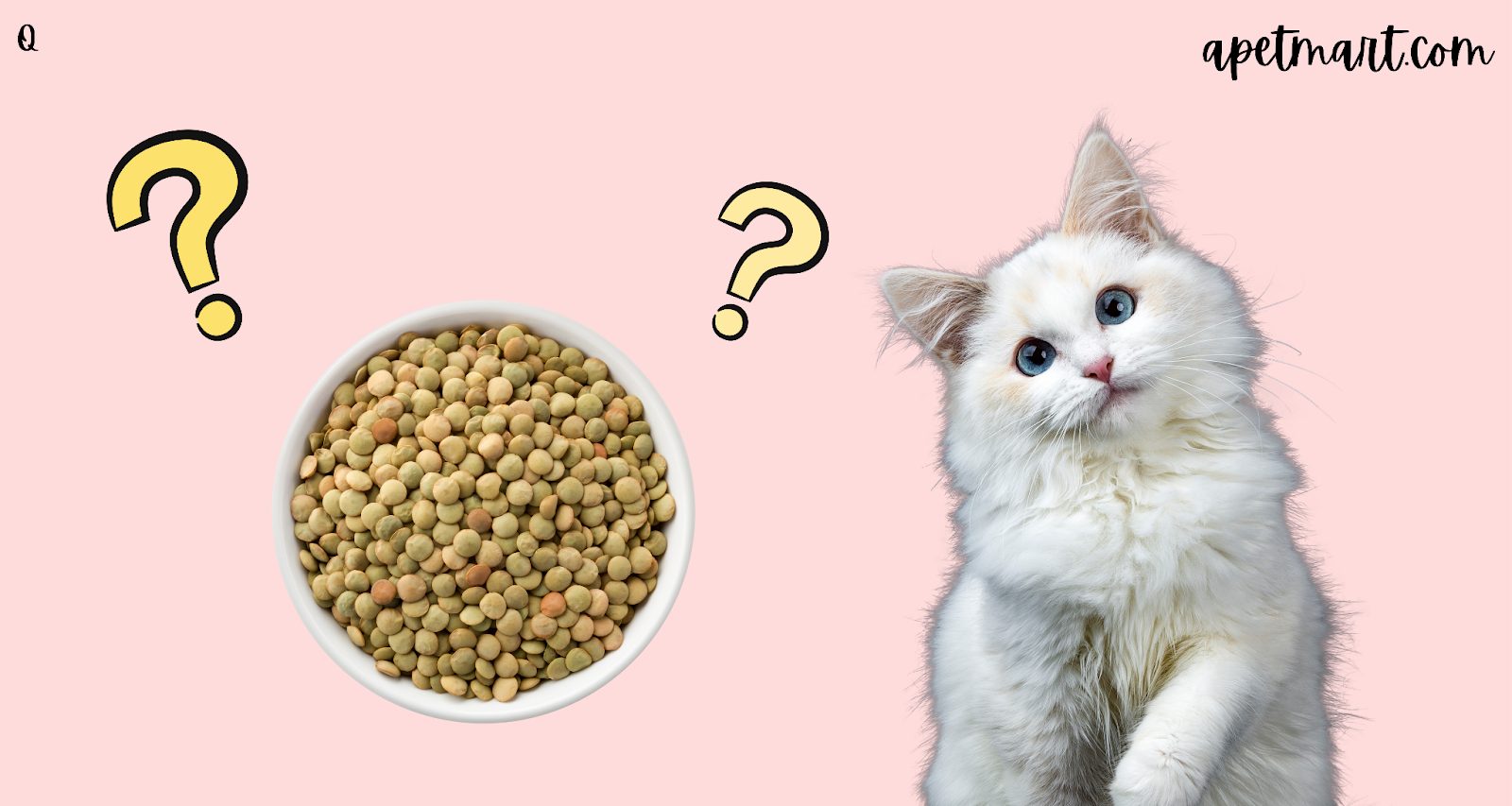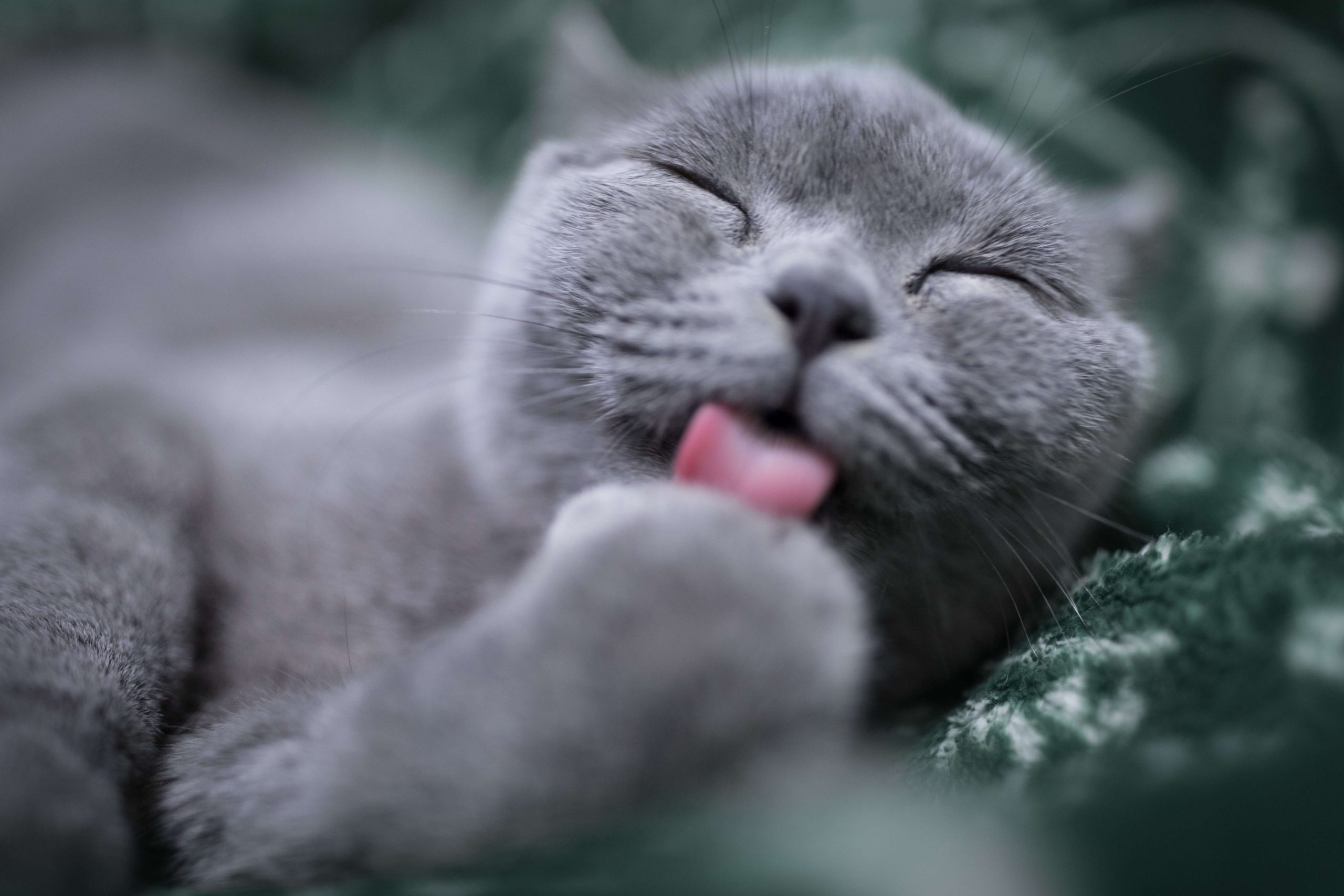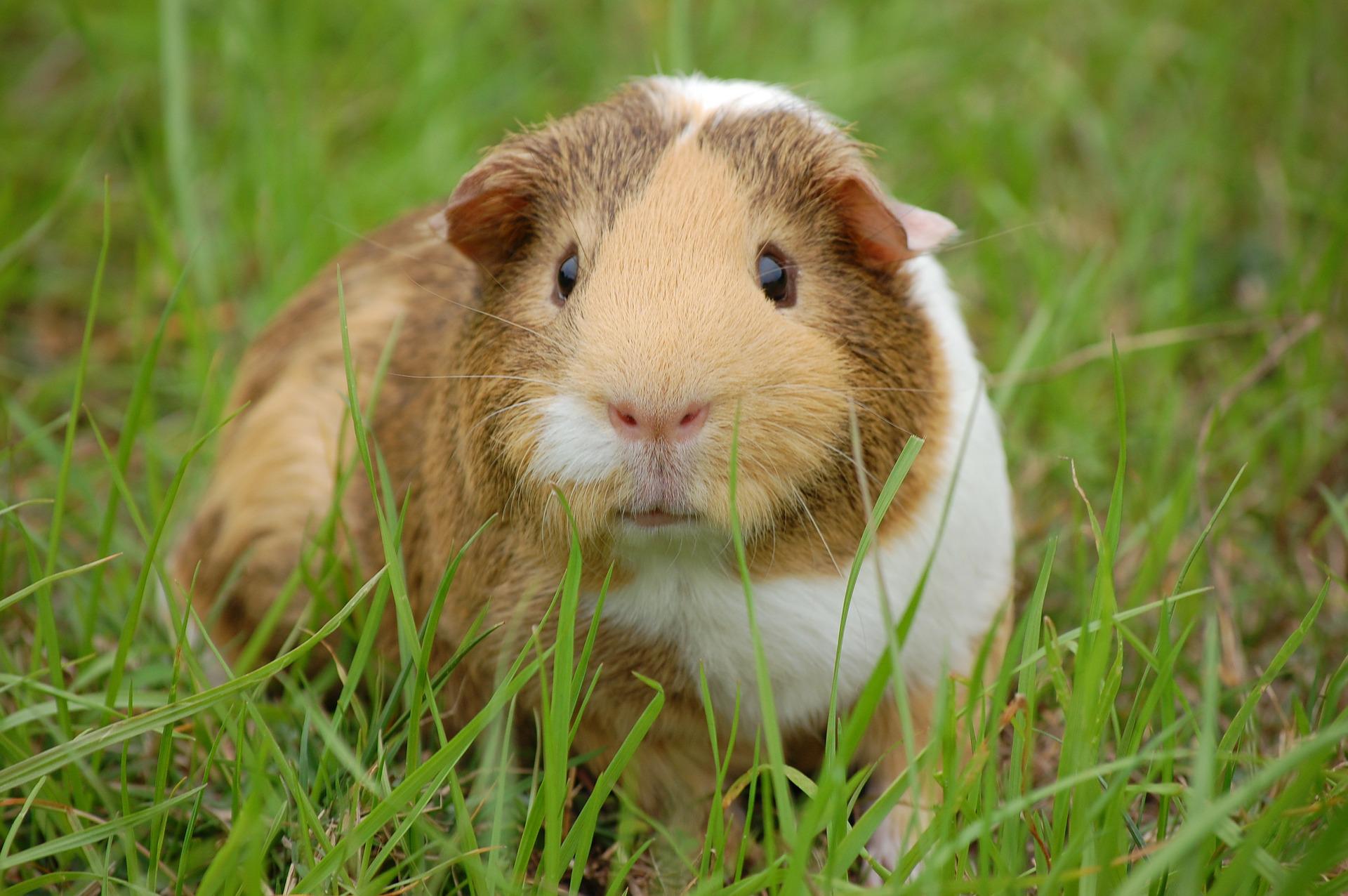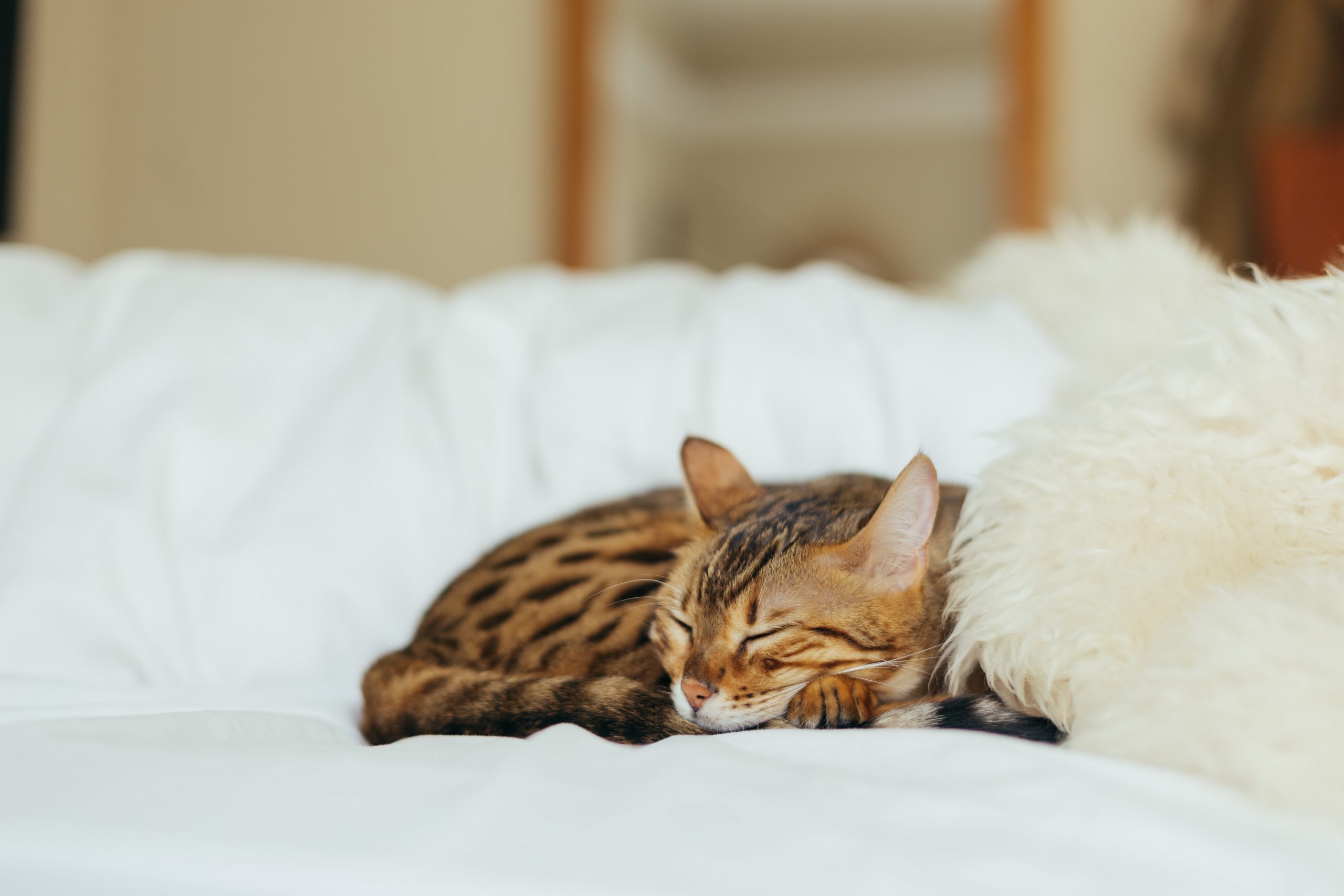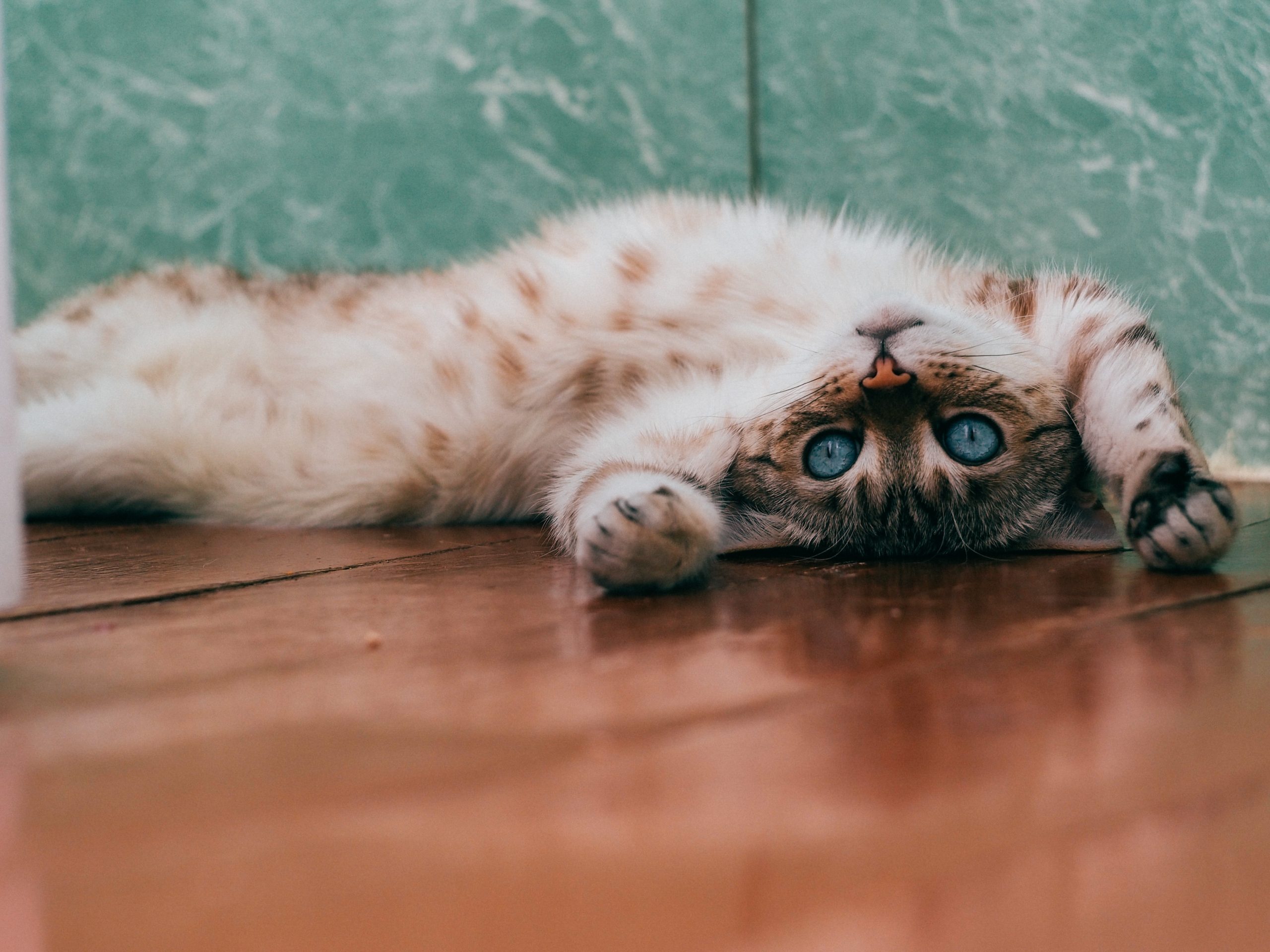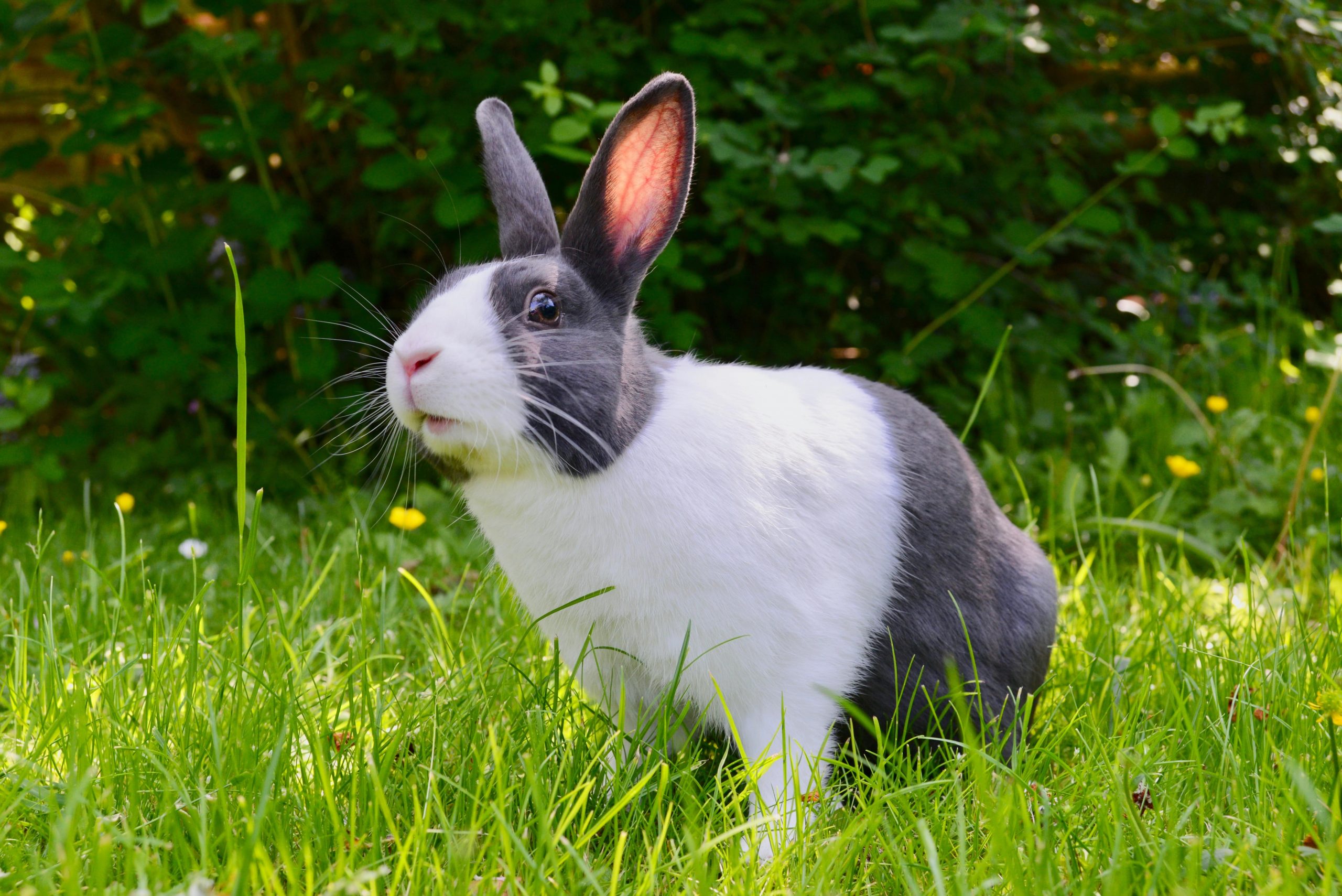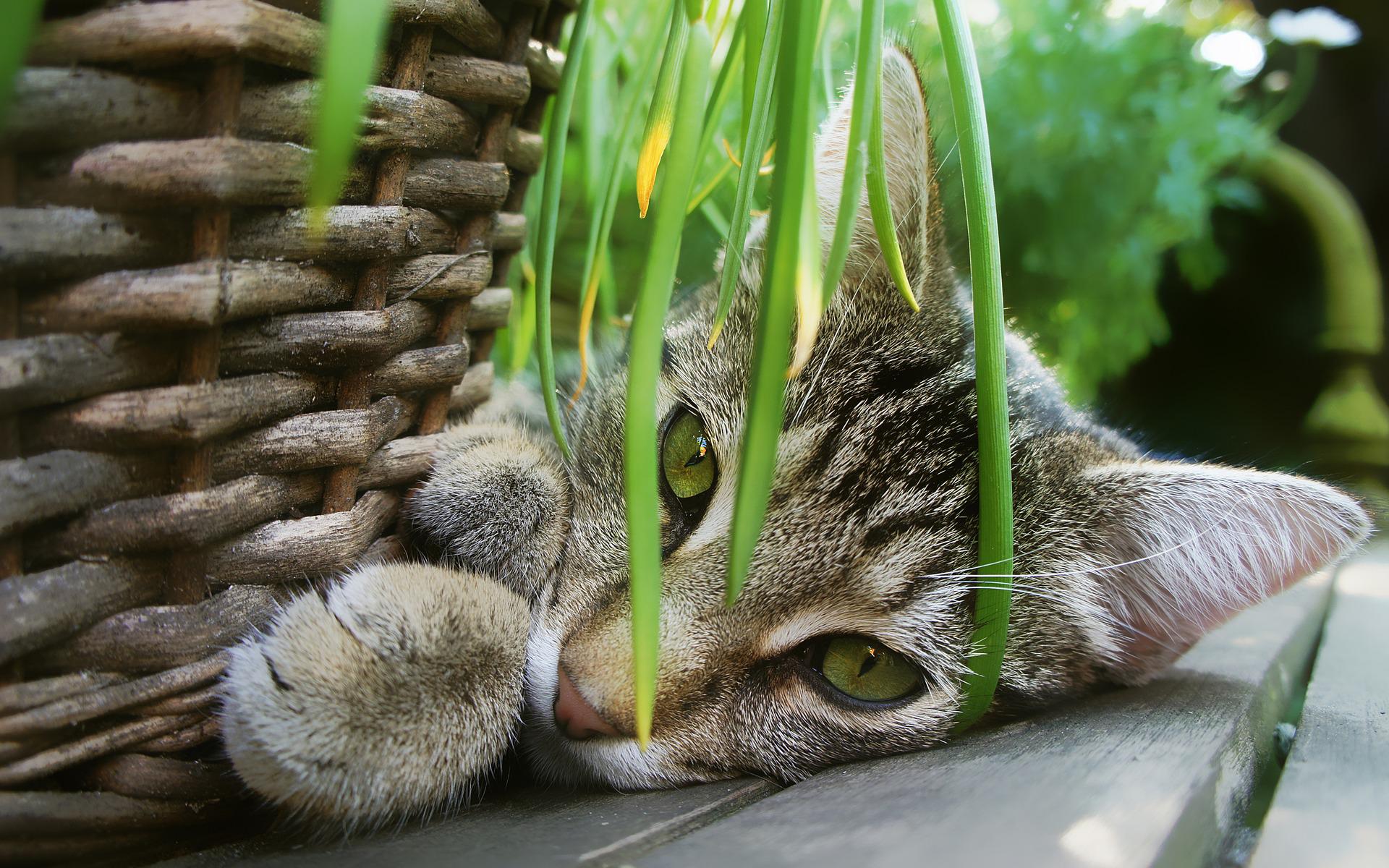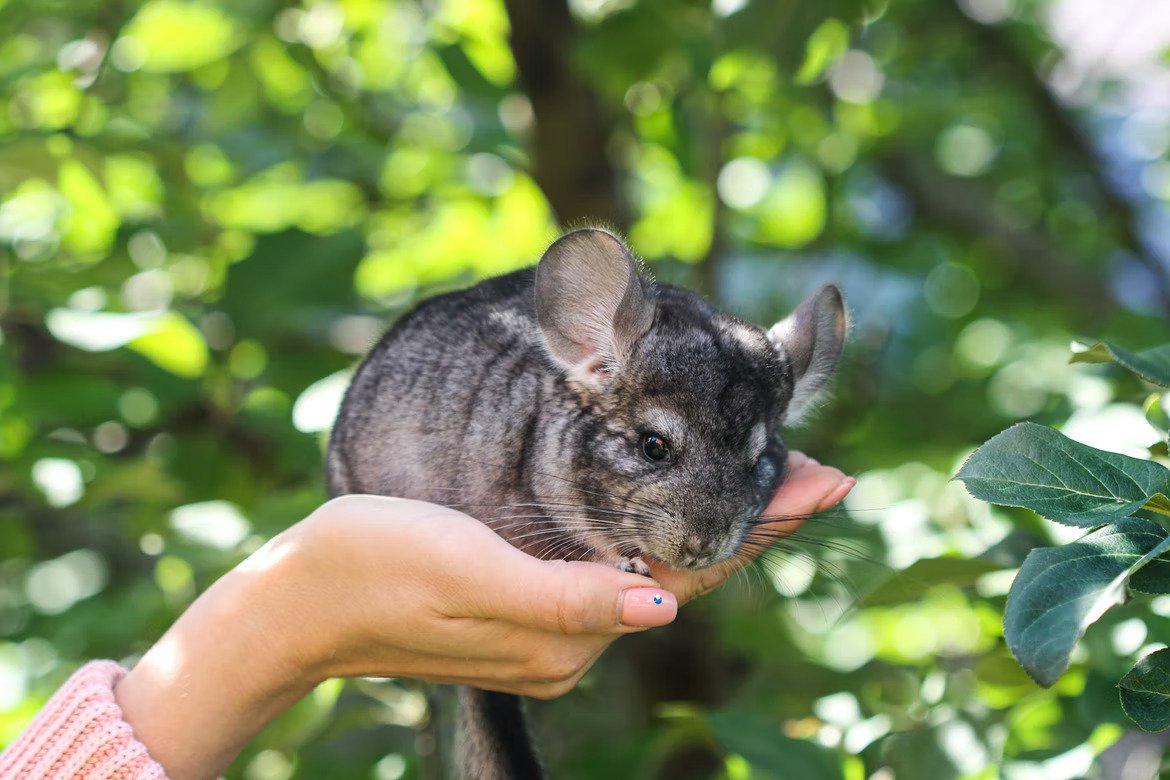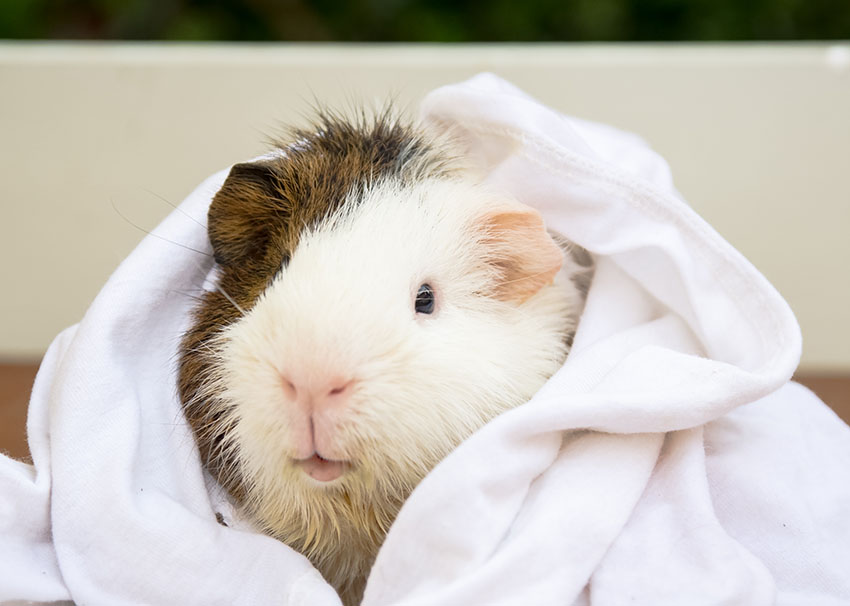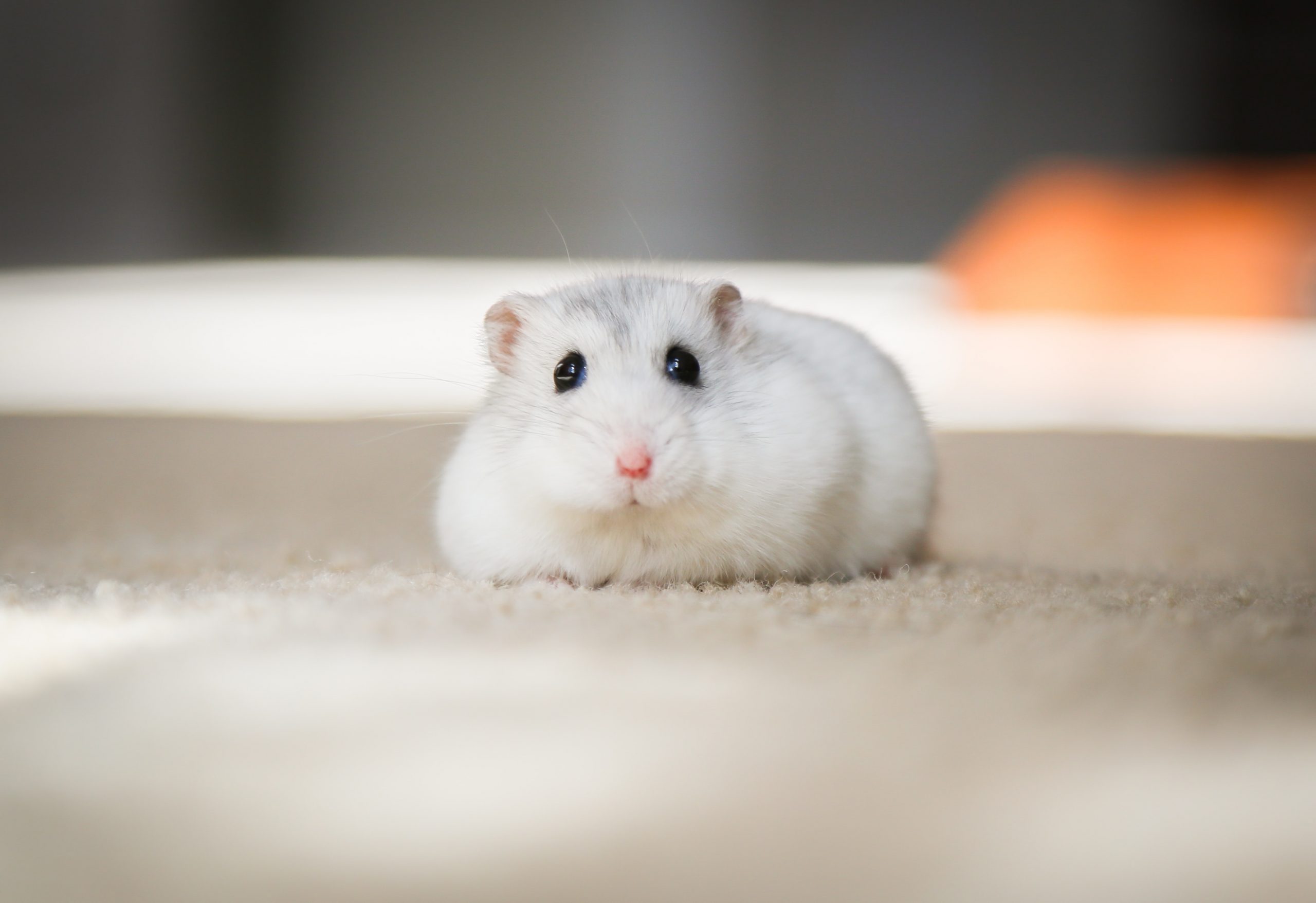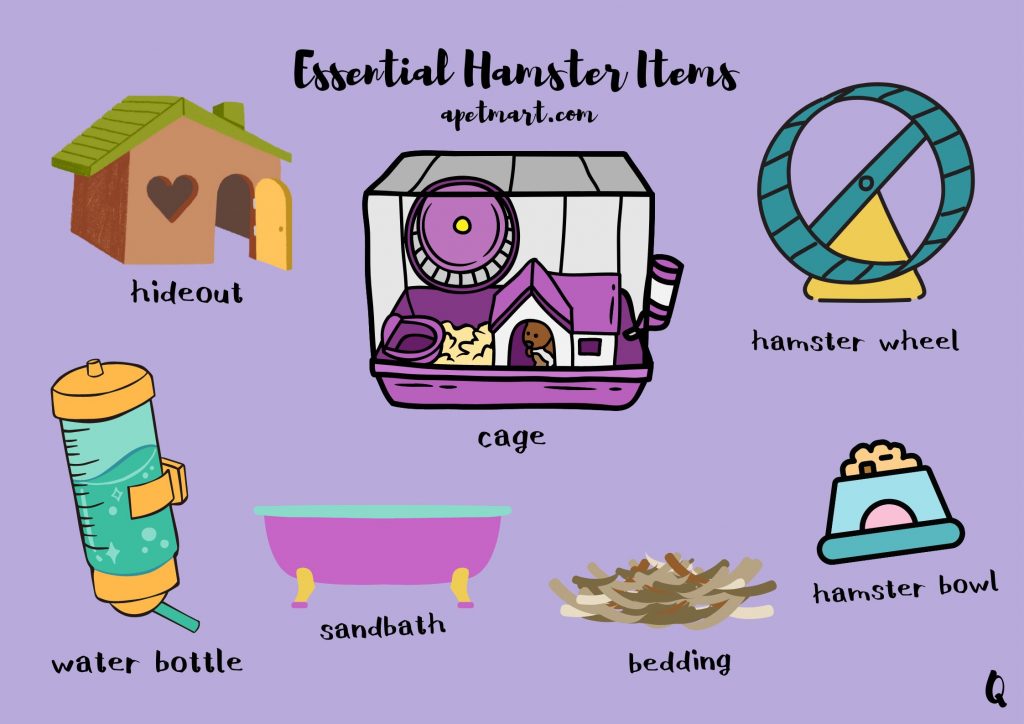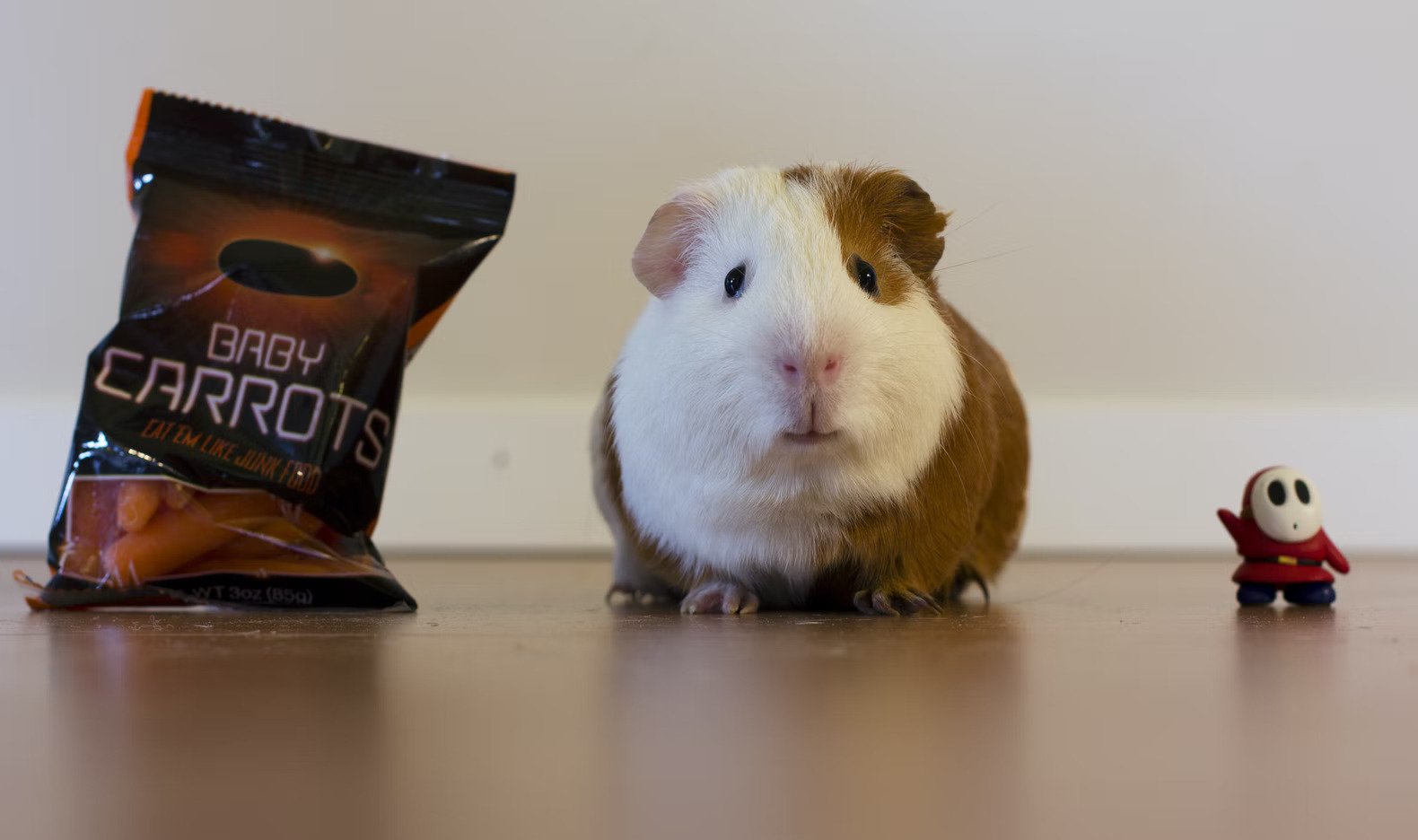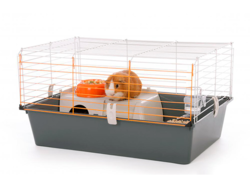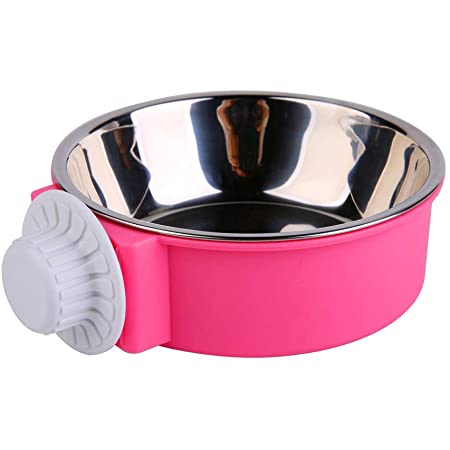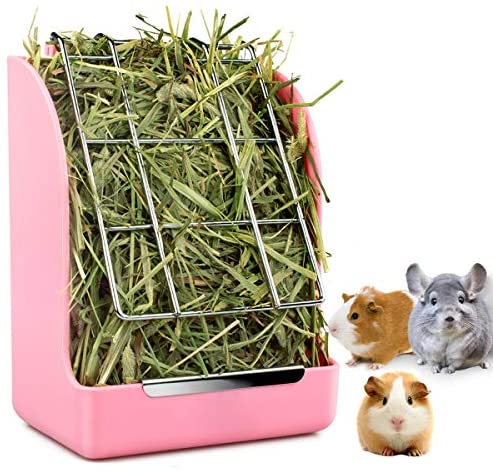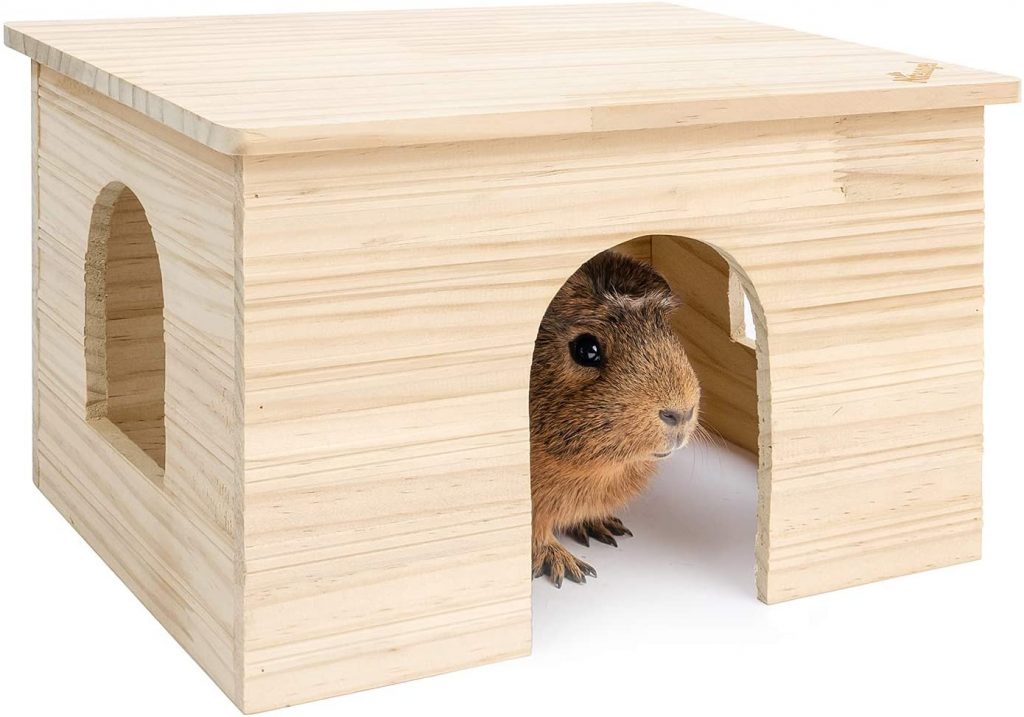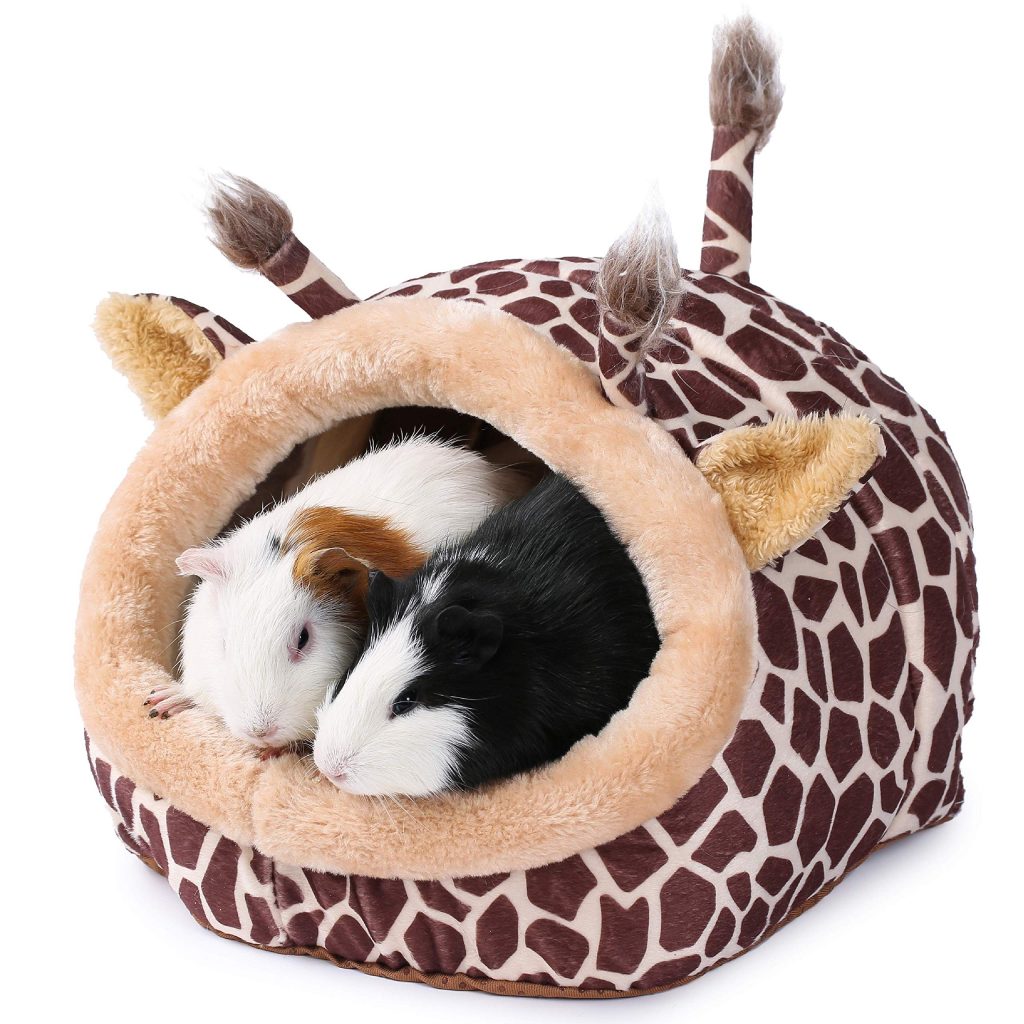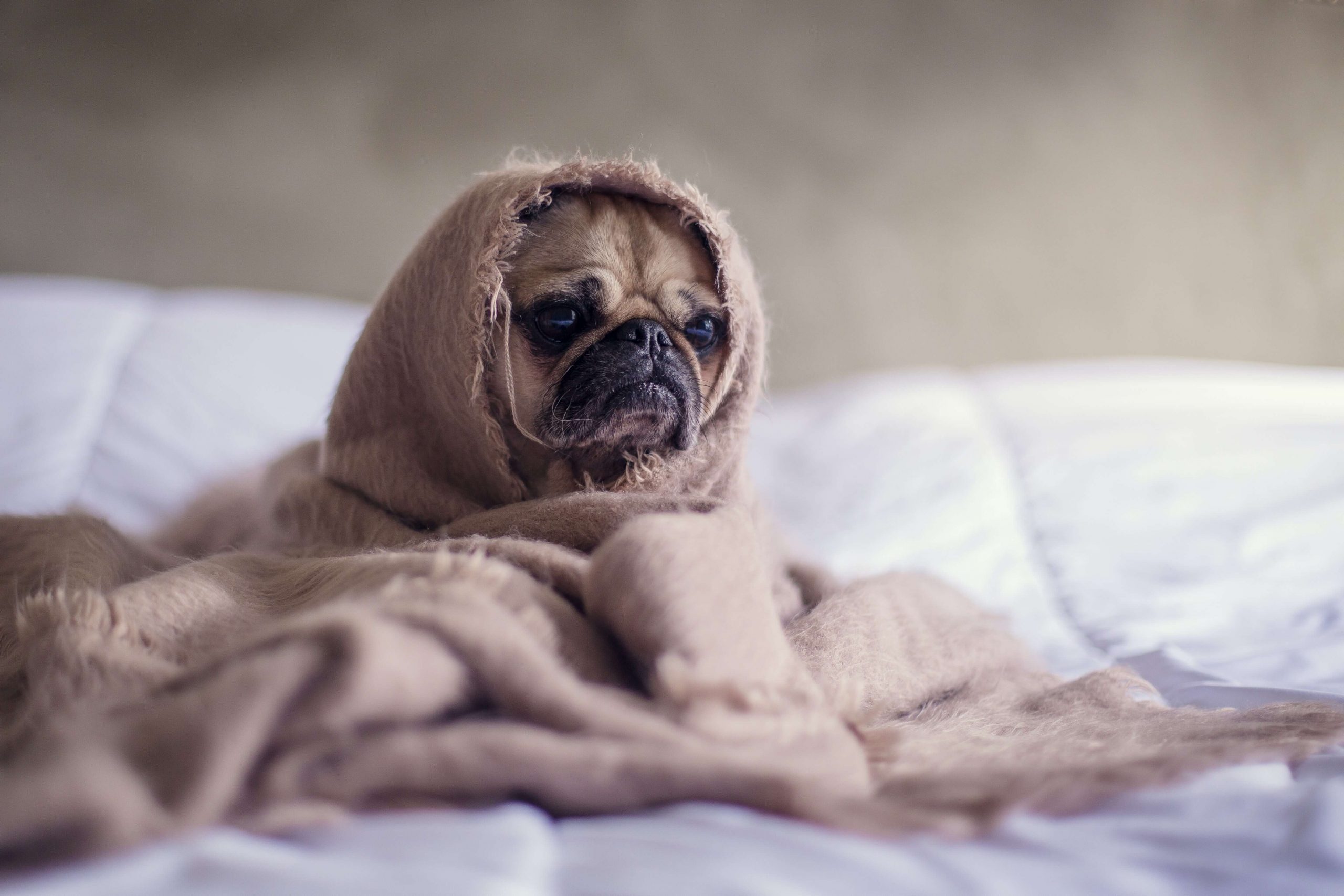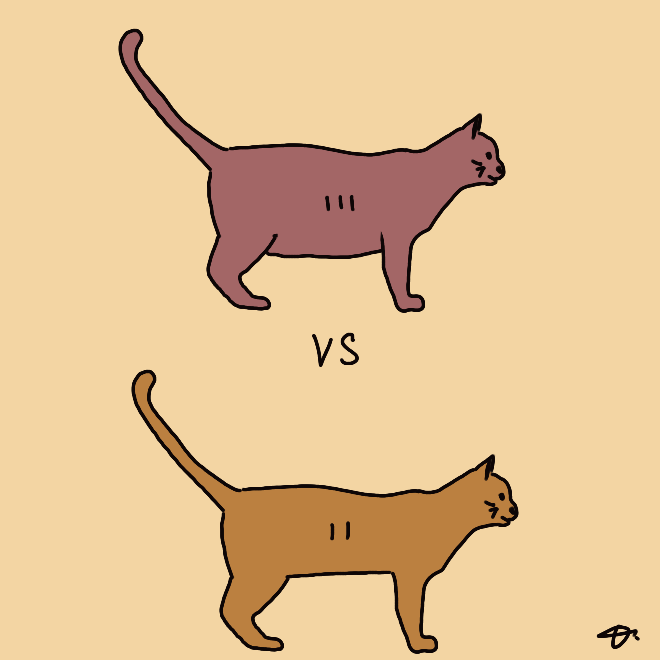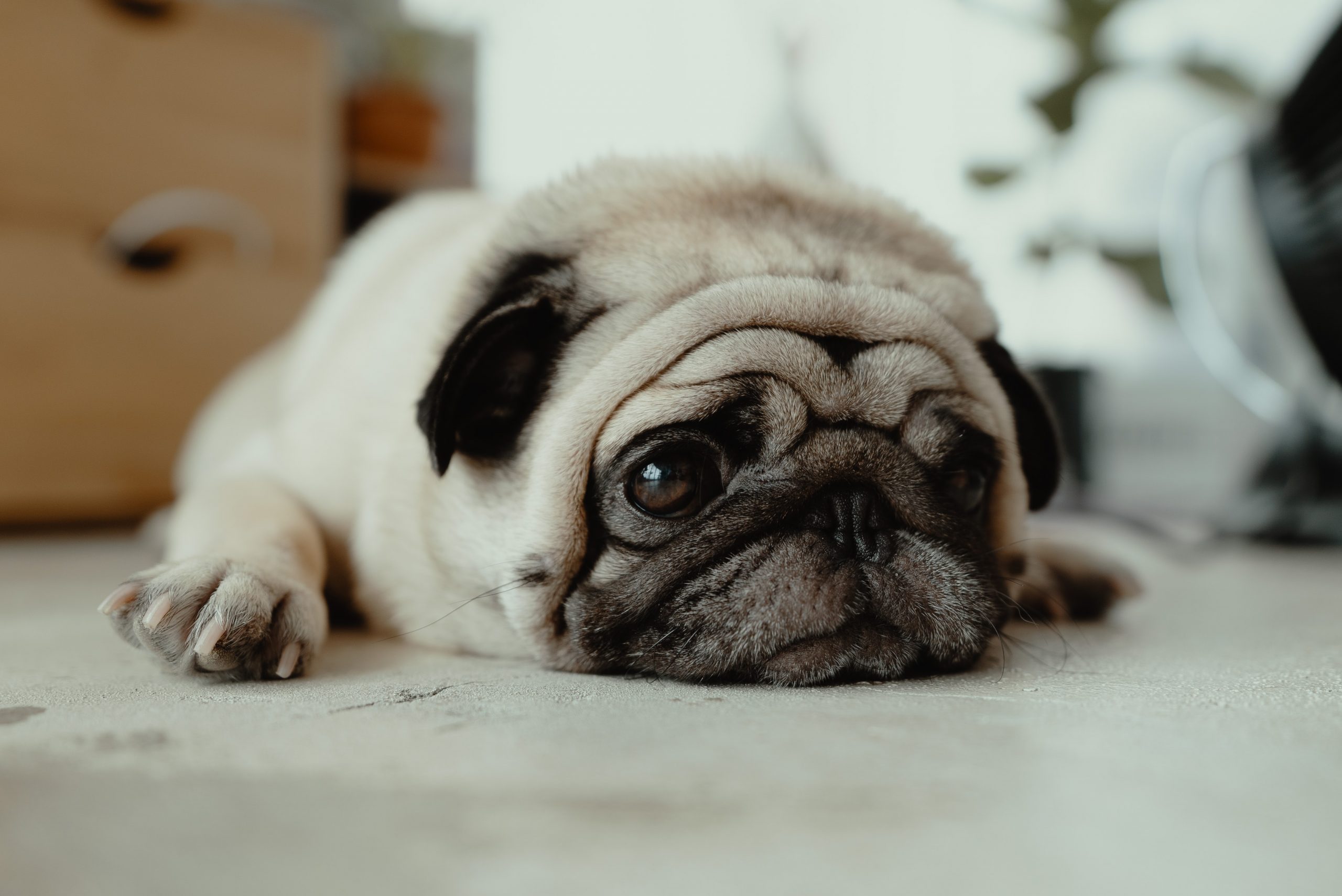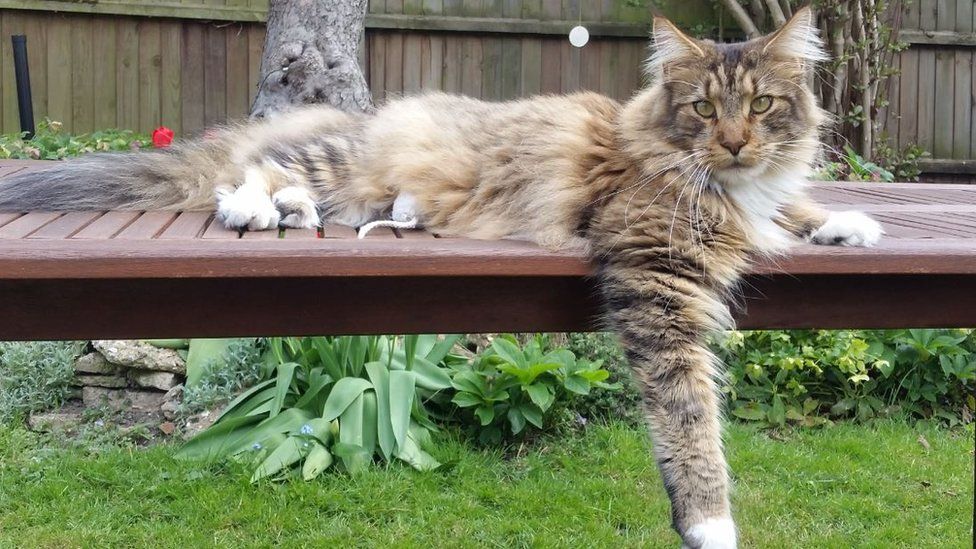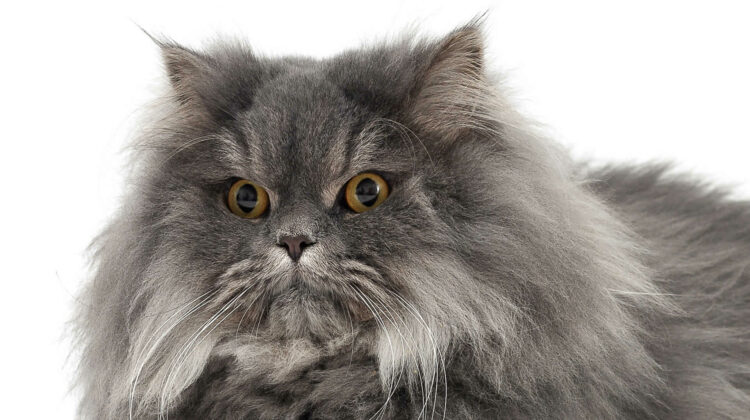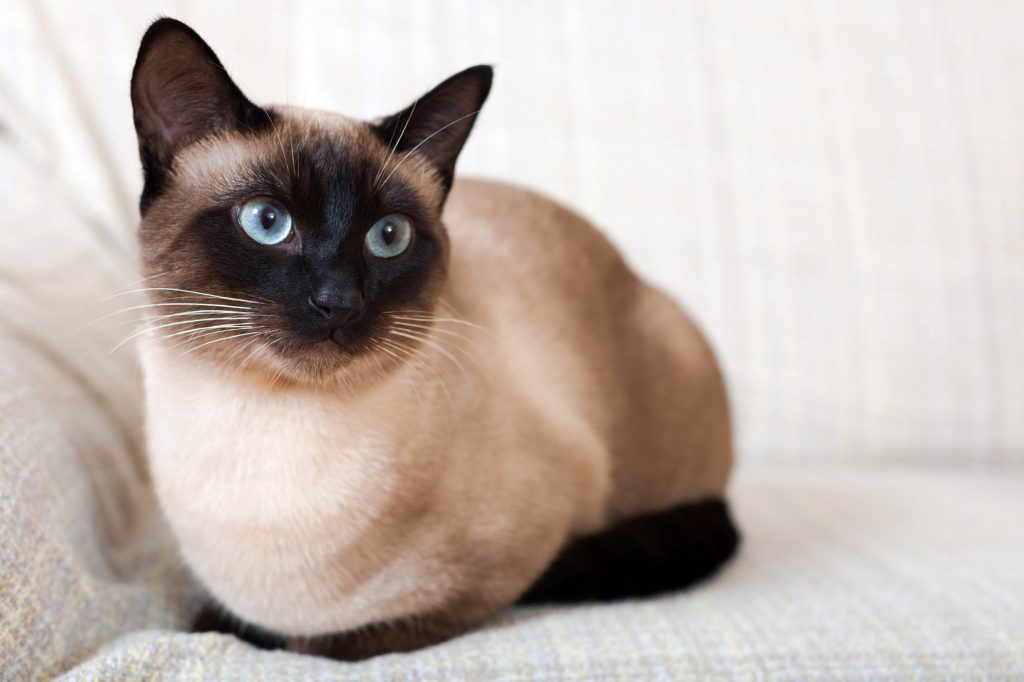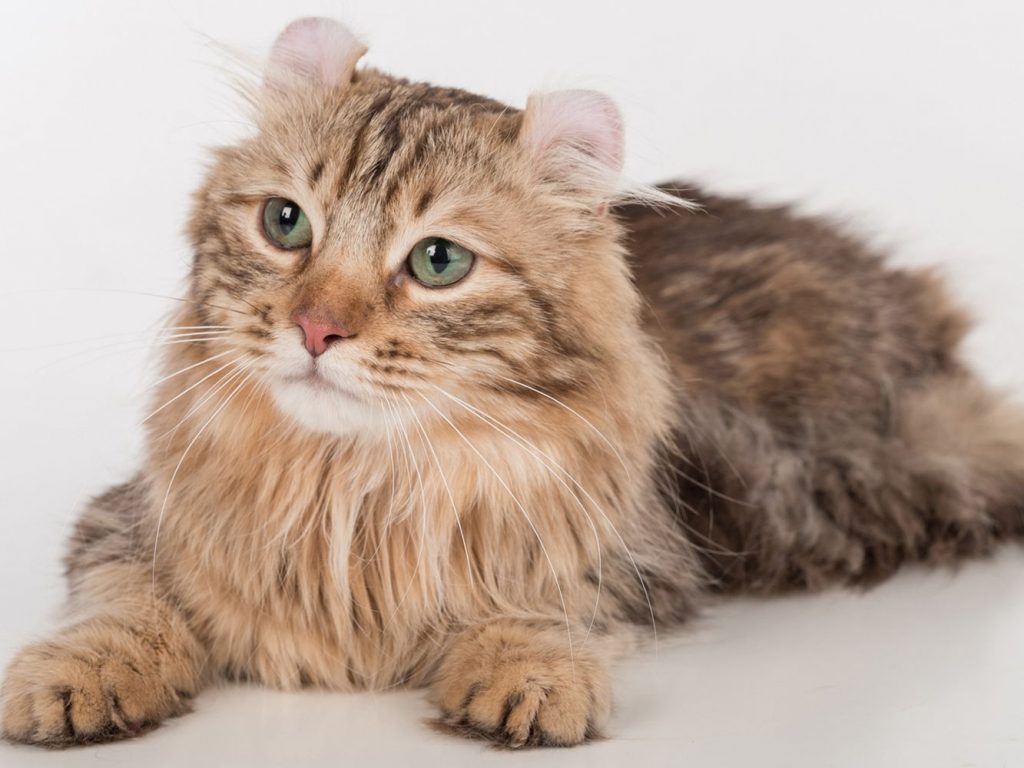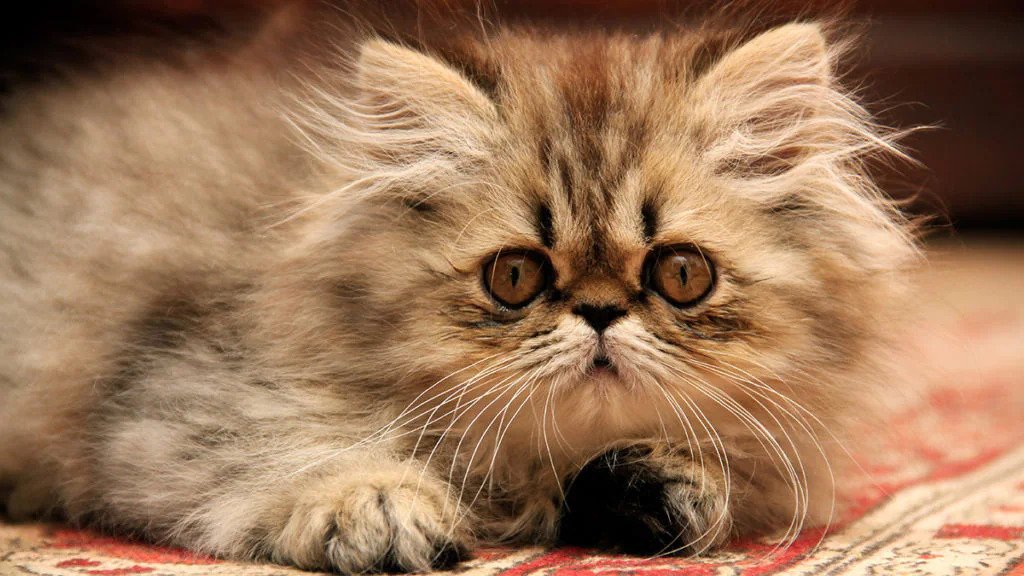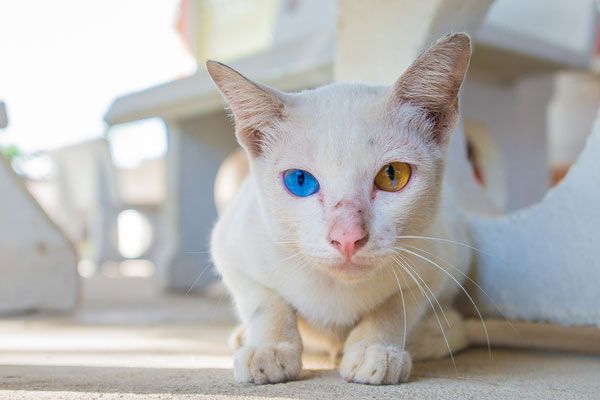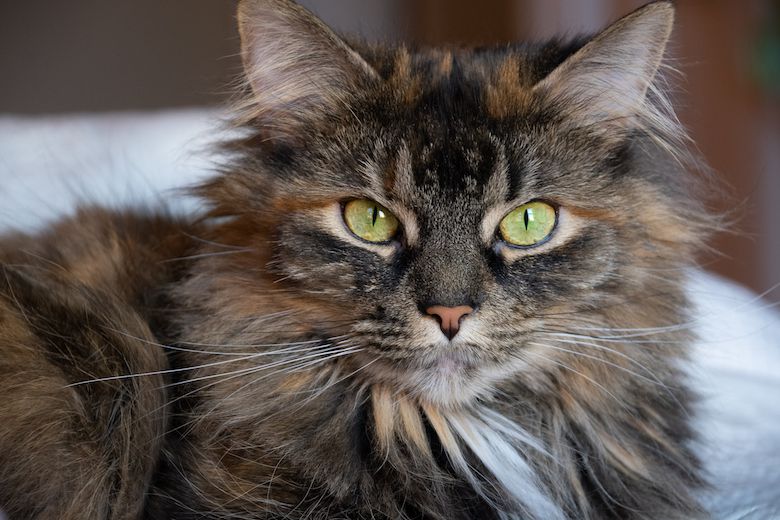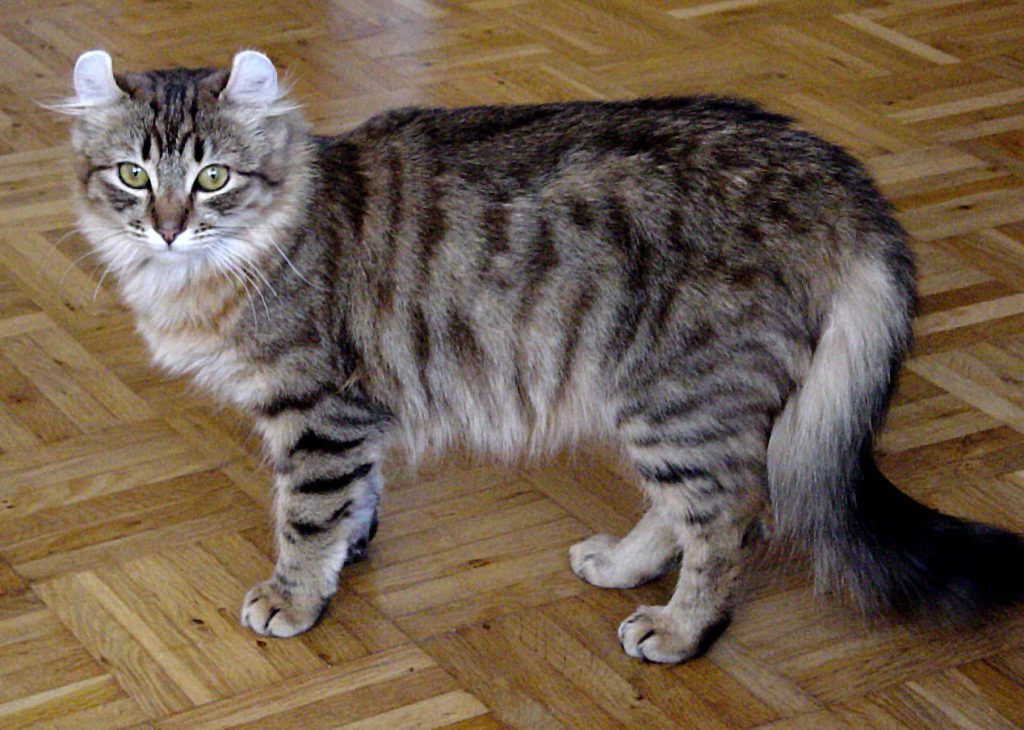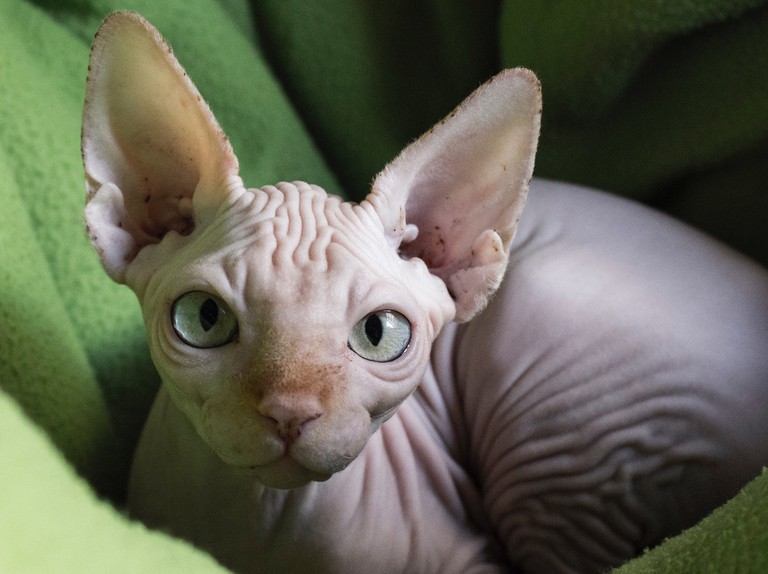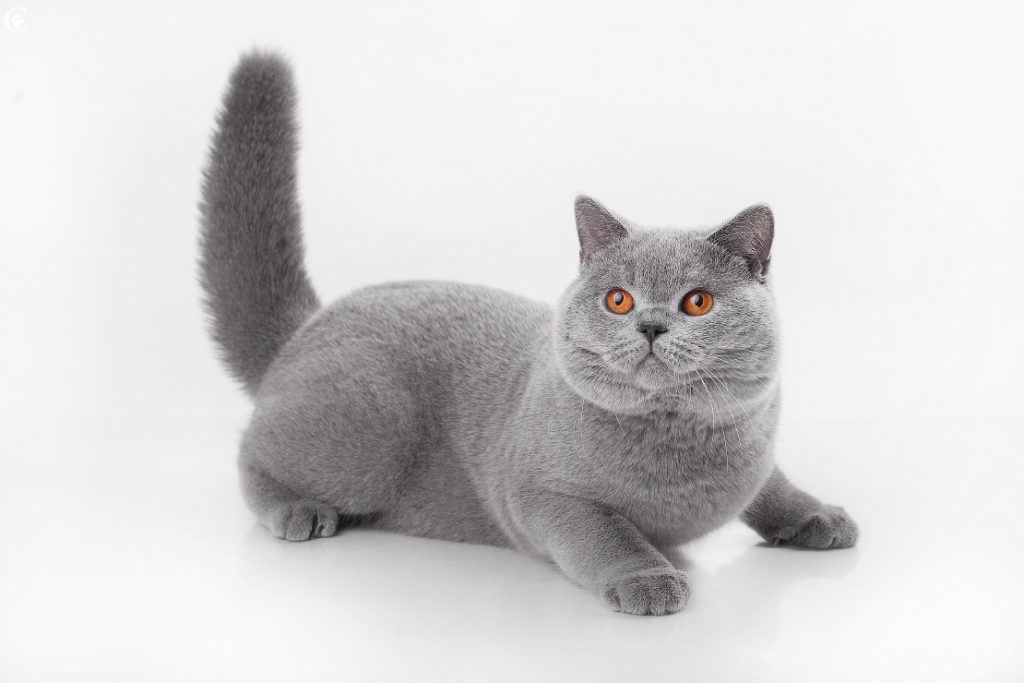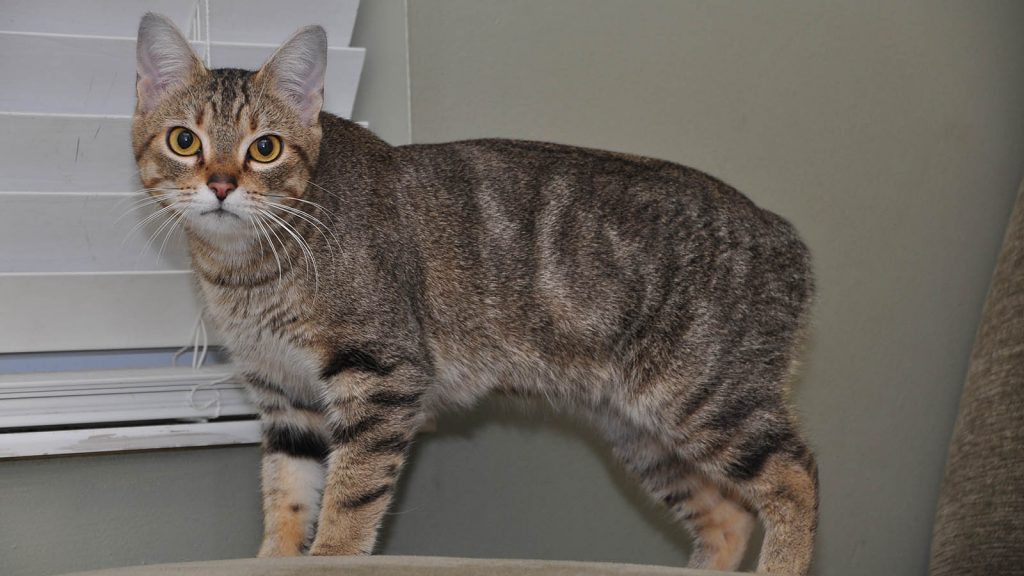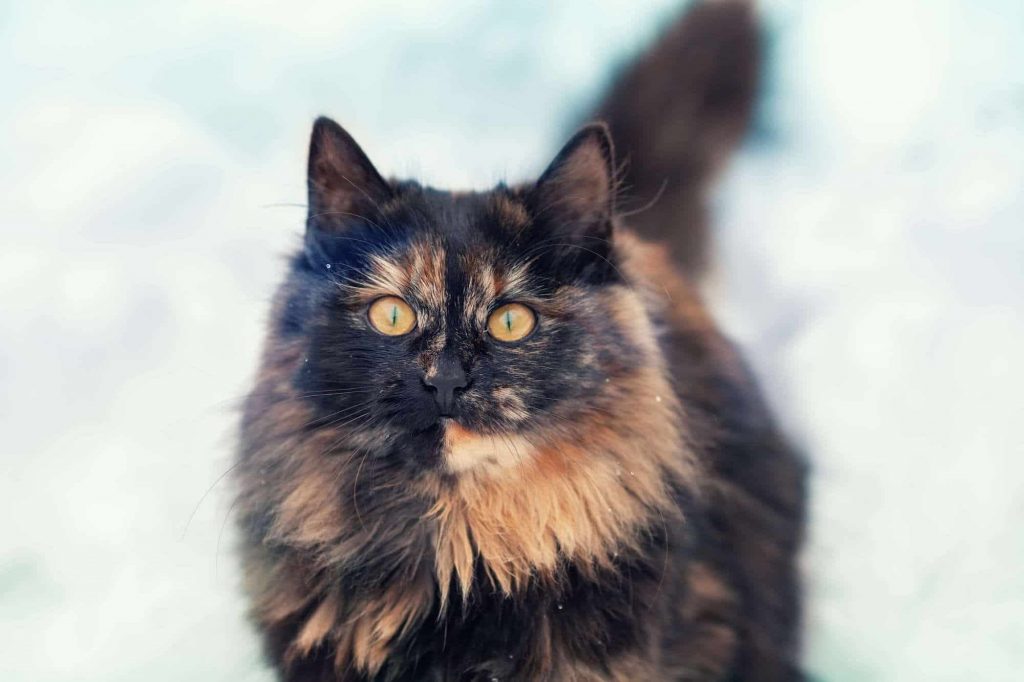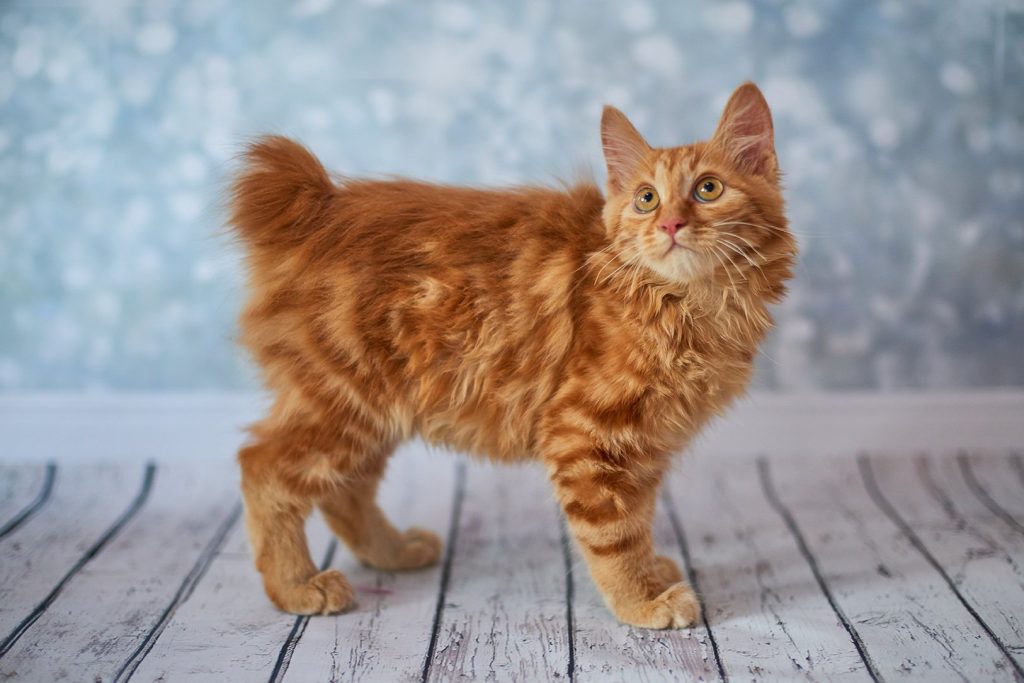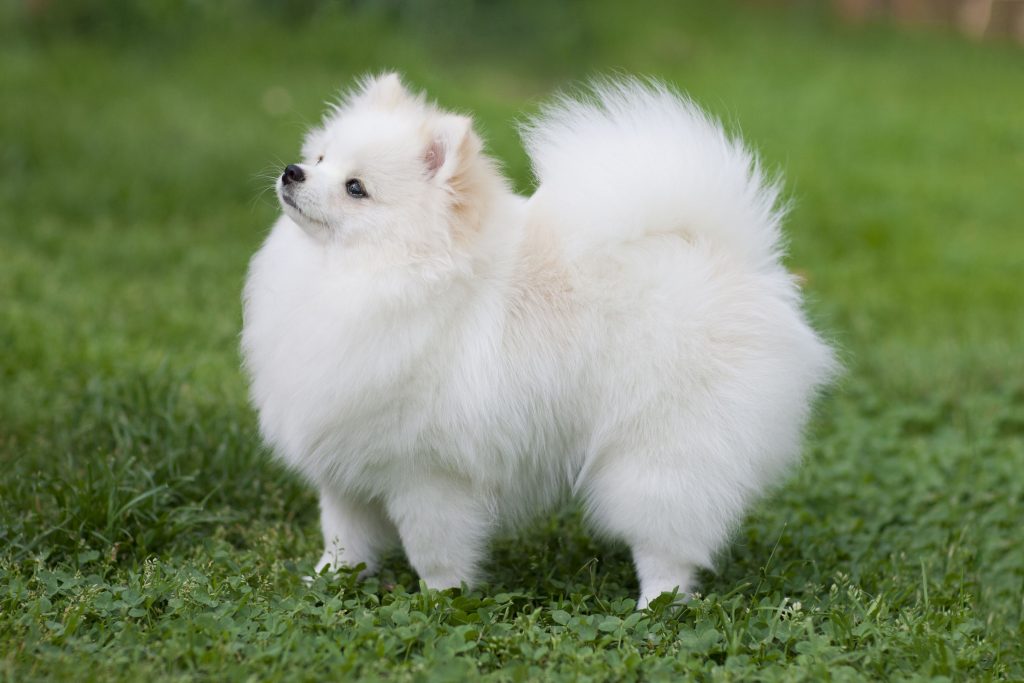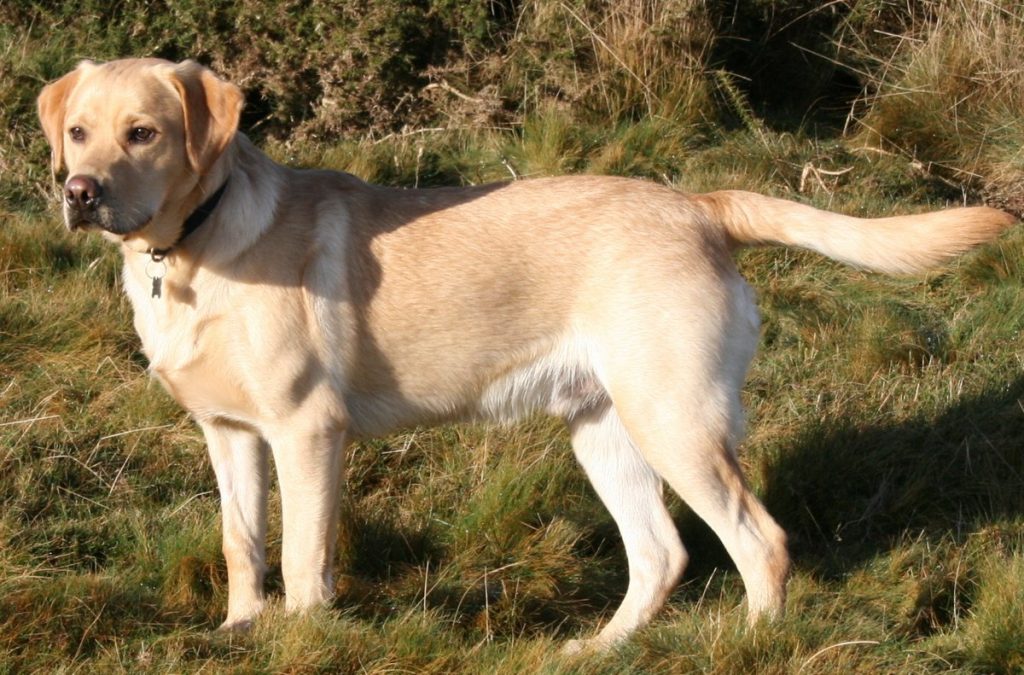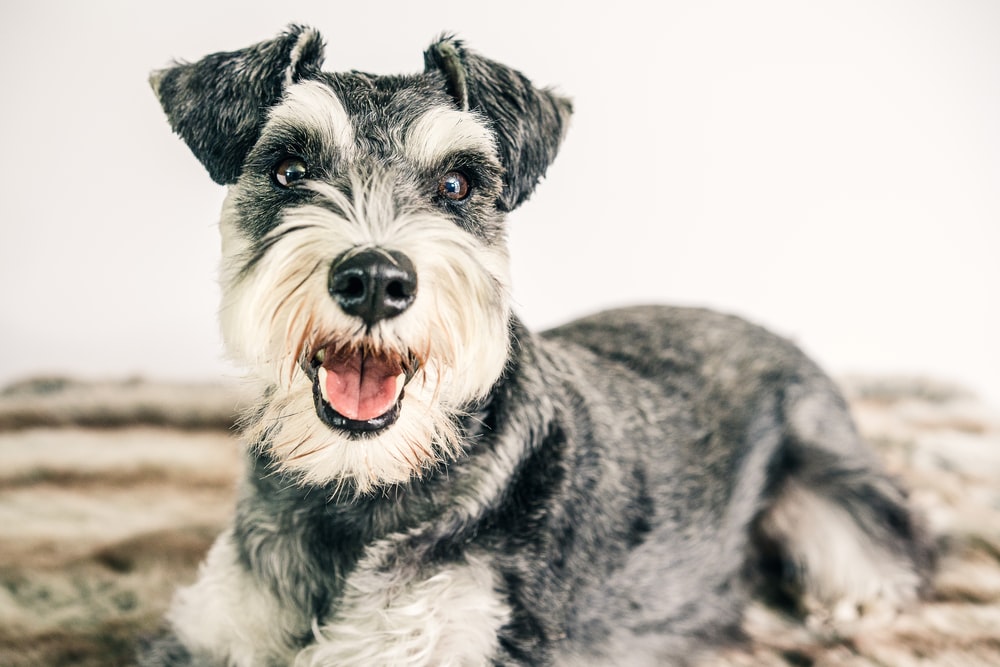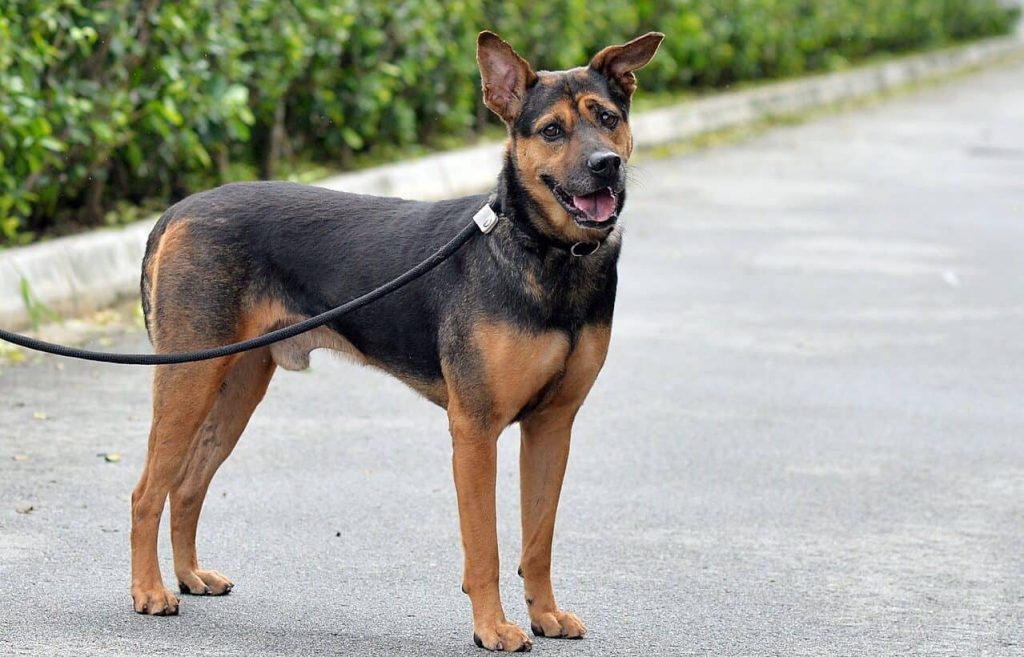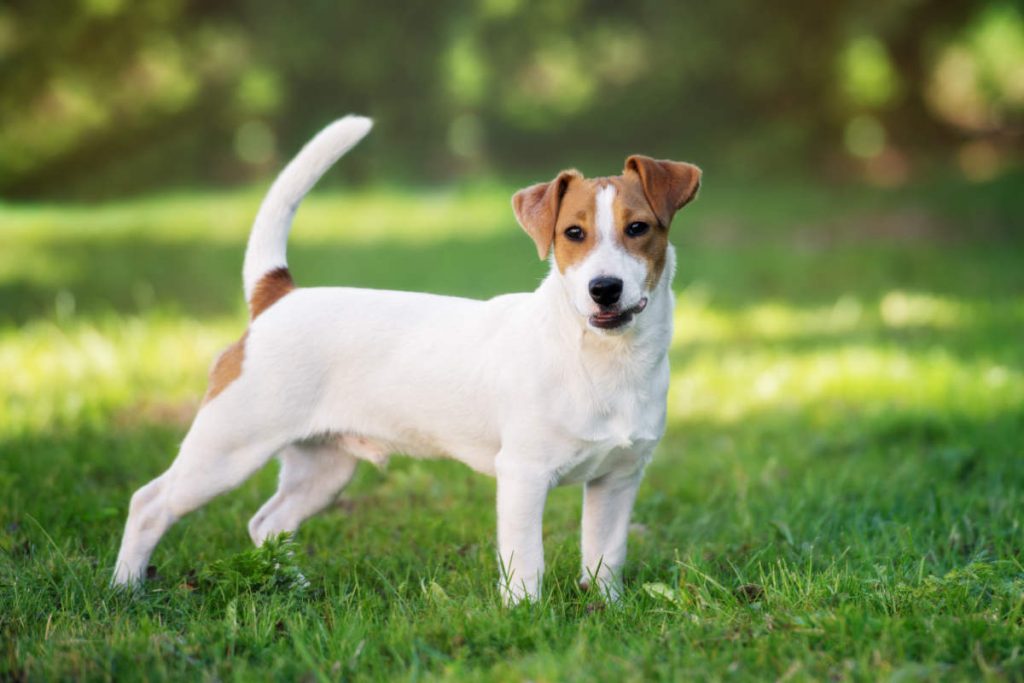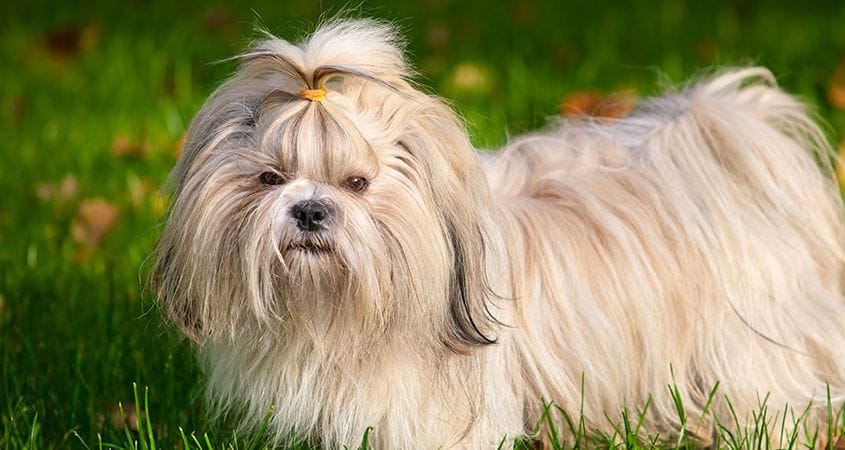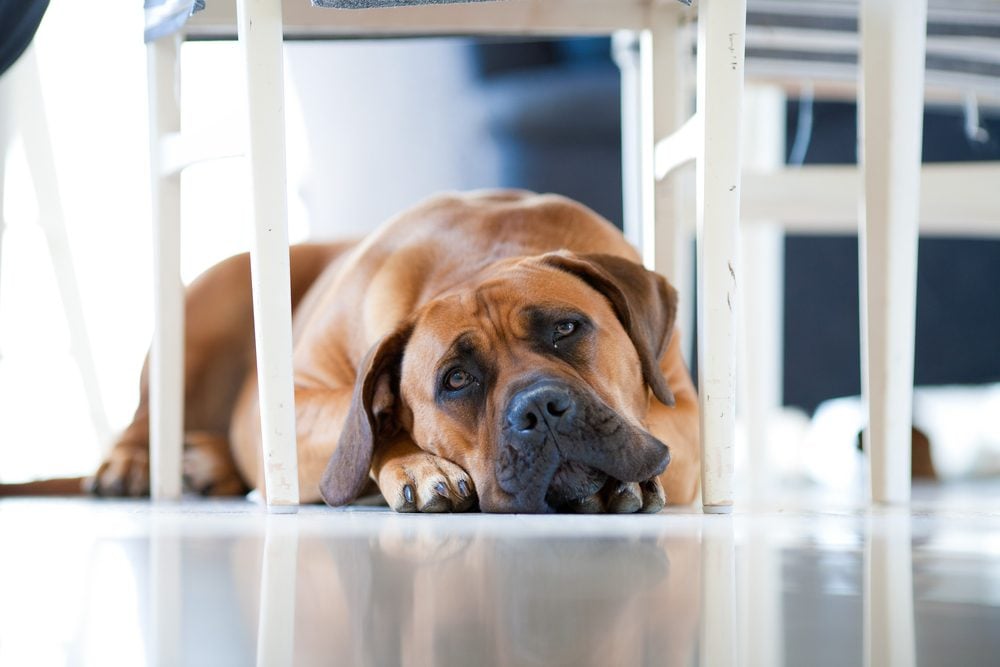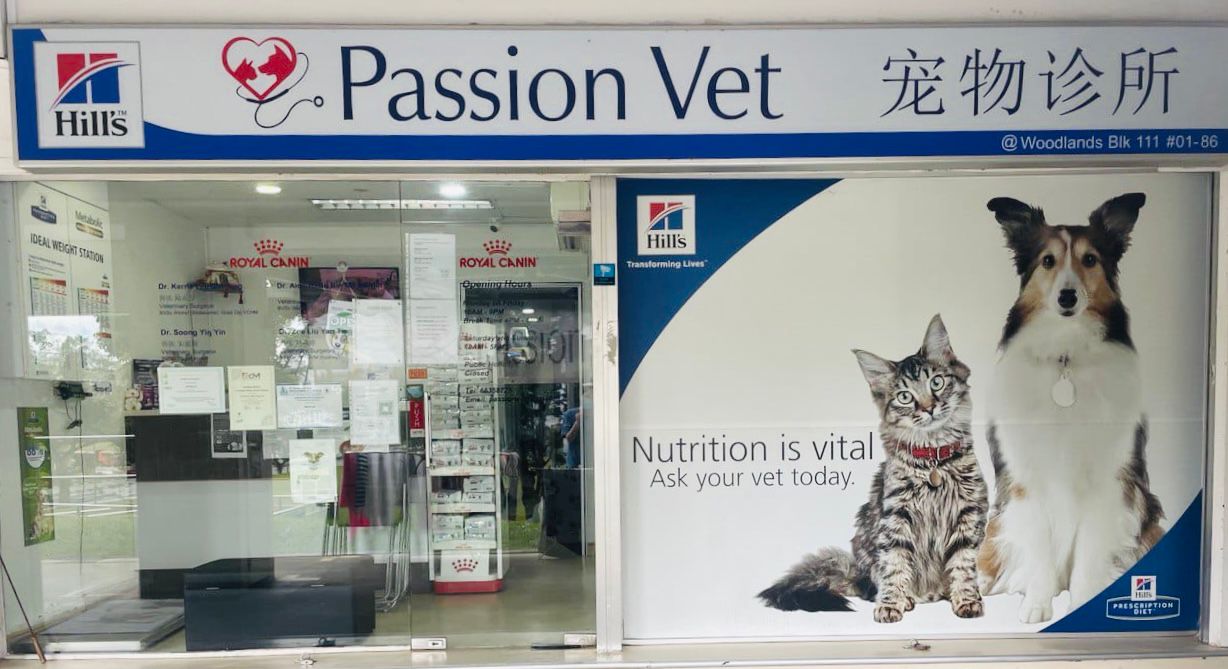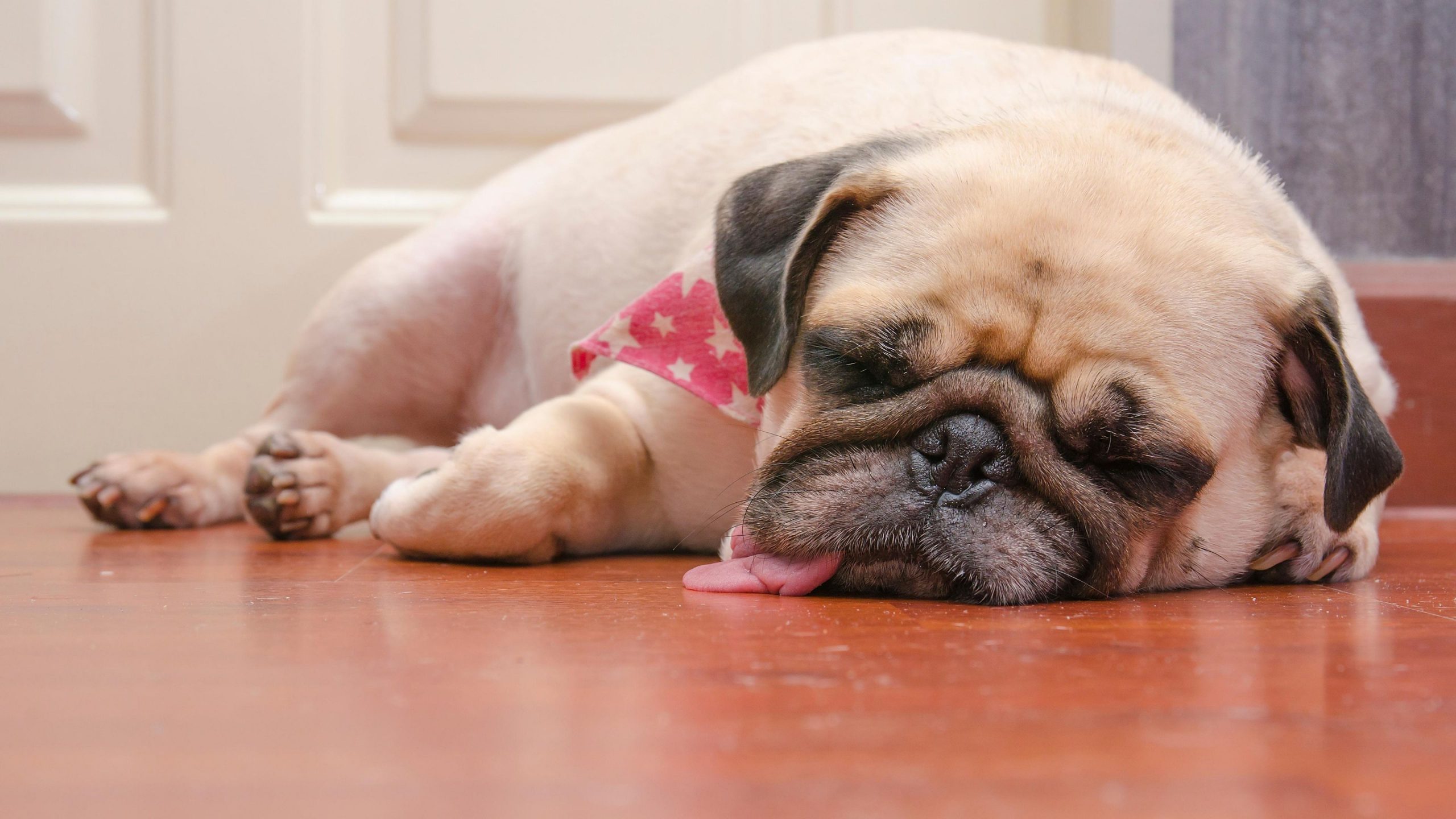
A new aquarium may be an enjoyable and delightful experience. However, a normal aquarium is usually purchased on the spur of the moment, filled with water and fake plants, and then stuffed with fish the next day. As a result, there is disappointment, remorse, and dead fish.
Choosing the ideal tank and devoting the time to proper setup can assure a great experience. The more research you can conduct ahead of time, the better your chances of success. There are a few factors that you should consider before putting your fish in the aquarium.
Tank Size
If you just plan on keeping a few fishes, a basic 37 litre aquarium would most likely be enough. Choose the largest tank that will accommodate both your money and your space. The larger the aquarium, the better for its inhabitants. A higher water volume dilutes pollutants more effectively. Furthermore, it is more resistant to abrupt changes in water chemistry, which can harm fish and living plants. Larger tanks develop a steady nitrogen cycle faster, which makes fish less stressed.
Tanks can usually be divided into three categories – standard, long, and display tanks. Each has advantages and disadvantages. The sort of tank you buy is usually determined by the type of fish and the amount of space available.
- Regular tanks are the standard tanks that you see on store shelves or online. Depending on their size, they can hold huge or tiny schools of fish.
- A basic 37 litre tank makes an excellent isolation or hospital tank for ill fish.
- Long tanks are, as the name implies, longer and shallower than standard tanks. These take up more room and are usually utilised for breeding and schooling fish.
- Tall and narrow show tanks and are strictly for displaying a small population of fish.
Location
Tank choices will be heavily influenced by the location. A tank should be installed on a flat surface, away from air vents or heaters, and away from direct sunlight. There should be an outlet nearby to supply electricity for lighting, warmth, and filtration.
When deciding where to put a tank, keep the weight of the final setup in mind. Larger tanks are much heavier, thus the flooring or tank stand must be strong enough to hold such weight. The tank should be next to a water source to allow water changes and tank cleanings. Allow extra space around the tank for cleaning and other maintenance procedures.
Tank Material
Choosing between glass and acrylic tanks can be mind boggling. However, choosing the right tank for you can save you from a lot of hassle. Glass aquariums are more costly than acrylic aquariums and are more scratch resistant. They can support more weight than acrylic and can be placed on a stand that is open on top.
Acrylic tanks are more prone to scratches, but they can be fixed if necessary. They are less prone to crack or shatter than glass tanks because they are more flexible. These tanks are lighter, they may be a good alternative if you move frequently or modify your décor. However, they do require placement on a flat, continuous surface. Acrylic tanks can fog with time, while glass will keep its purity longer.
Shape
Once upon a time, the only alternatives were a rectangle tank or a fish bowl. Tanks may now assume many shapes thanks to advances in technology and new materials.
There are squares, hexagons, cylindrical tanks, bow fronted tanks, and even coffee table tanks. Tanks with rectangular and hexagonal forms are now the most common. When selecting a shape, make sure it will fit in the space and will not obstruct traffic flow.
Rectangular fish tanks are ideal for improved water quality and fish health. This is because the surface area of air and water is bigger, allowing for more effective gas exchange.
An untraditional tank may perform well and look just as great. However, you may have to spend more time monitoring and maintaining water quality. When choosing a shape, keep the residents in mind. Due to fishes’ morphology and natural activity, they require adequate room.
Taller fish, such as freshwater angelfish, will thrive in higher-than-long tanks. They need height to avoid cramping in a smaller environment and probable fin damage. Long, fast-swimming species, such as zebrafish, or schooling fish, such as tetras thrive in longer tanks. Compared to tall tanks, longer tanks have more horizontal room to swim in.
Not sure what tanks to get? Check out aPetMart’s Tanks!
Temperament of Your Fish
Learn about the fish you wish to keep in your aquarium. Different personalities may not get along. Some fish are aggressive, and they may injure or even kill other, more docile species. Fish with semi-aggressive and aggressive attitudes can coexist if your fish tank is large enough for them to avoid colliding.
How Much Time You Have For Your Fish
Fish are low-maintenance pets, but they still require time and attention. Begin each day by inspecting all of the fish in your aquarium. Remove any dead fish as soon as possible using a net. You will need to check the water temperature on a regular basis. Additionally, make sure the filters are operating correctly, and clean the tank.































